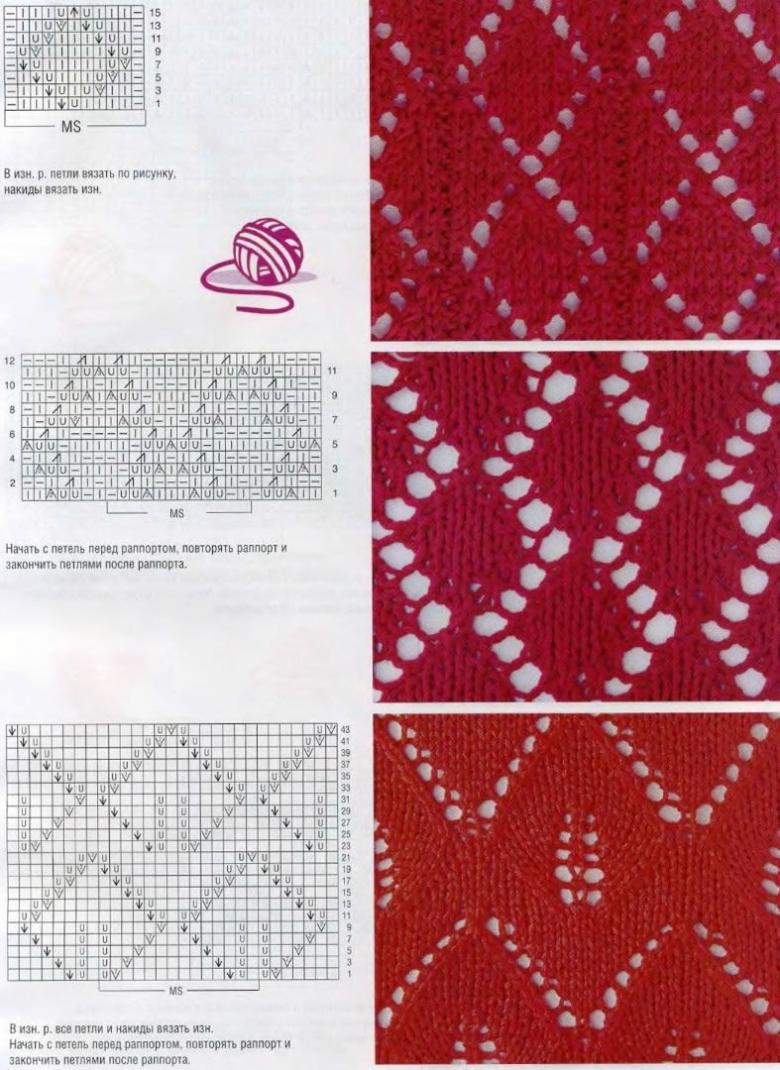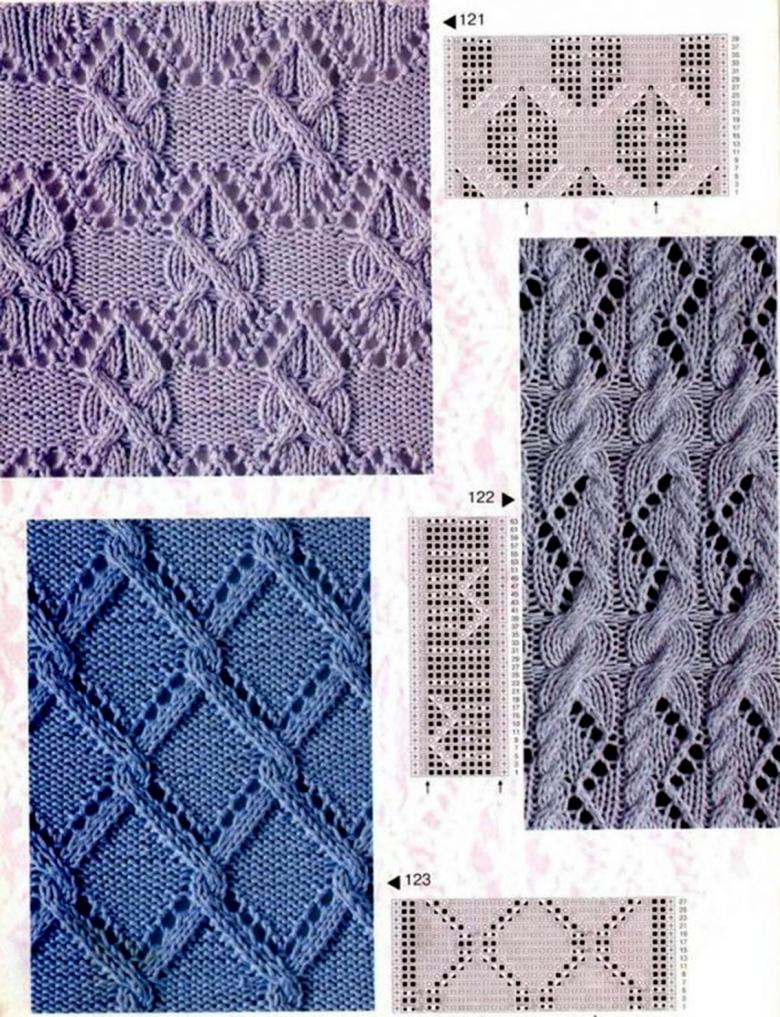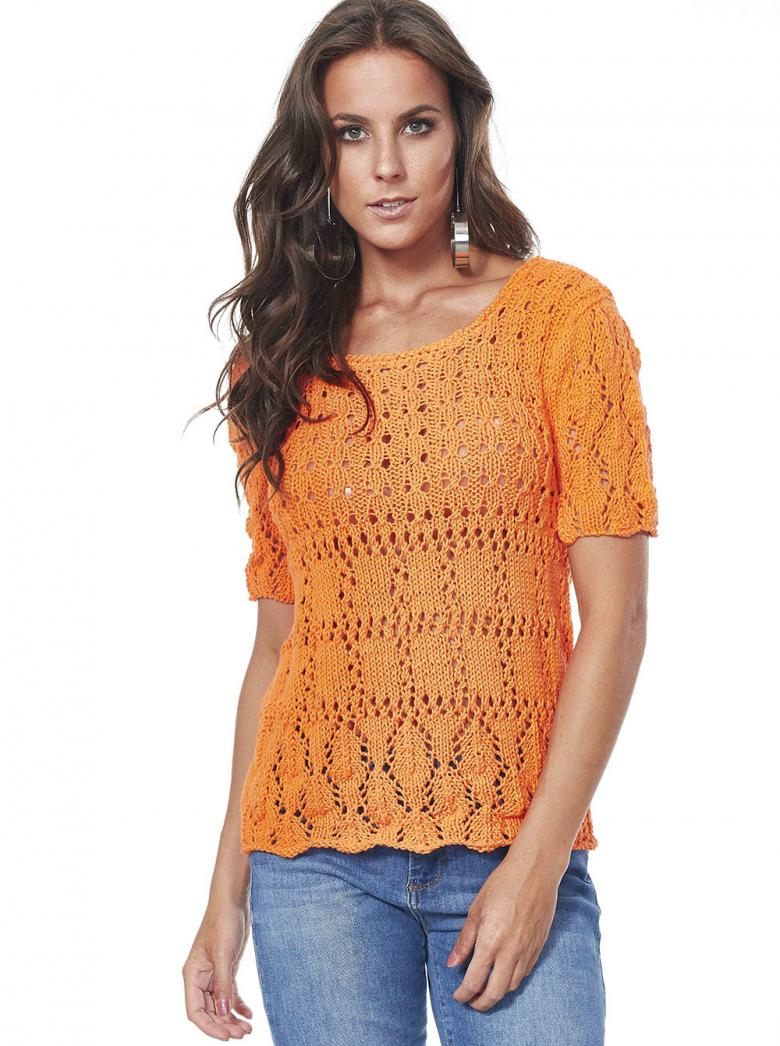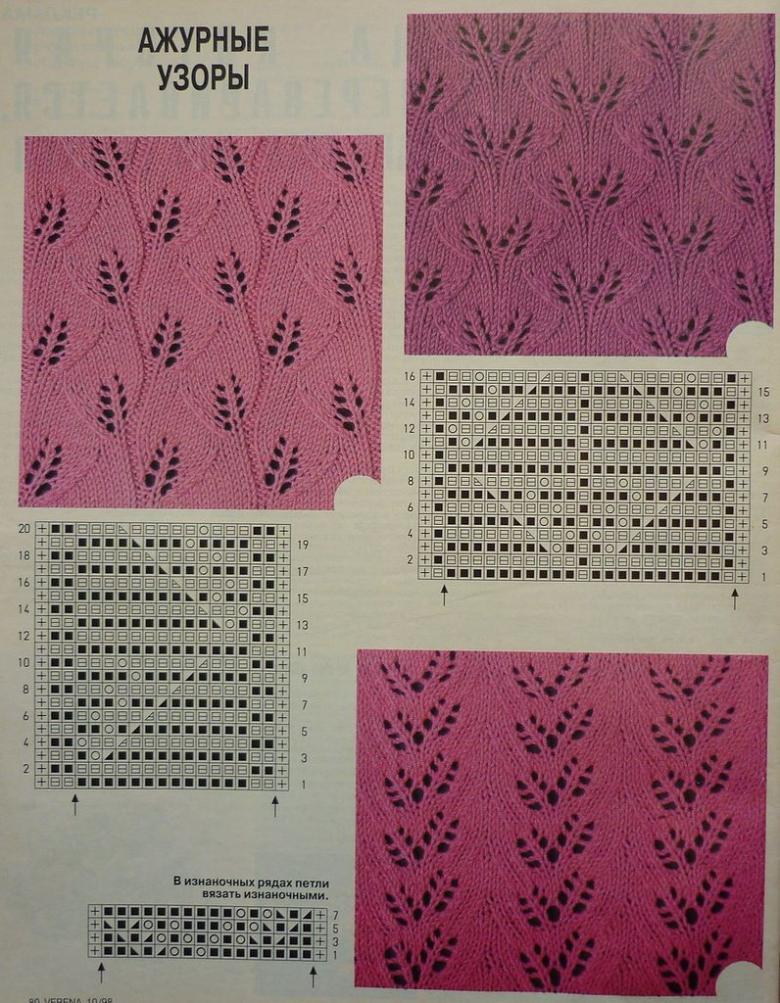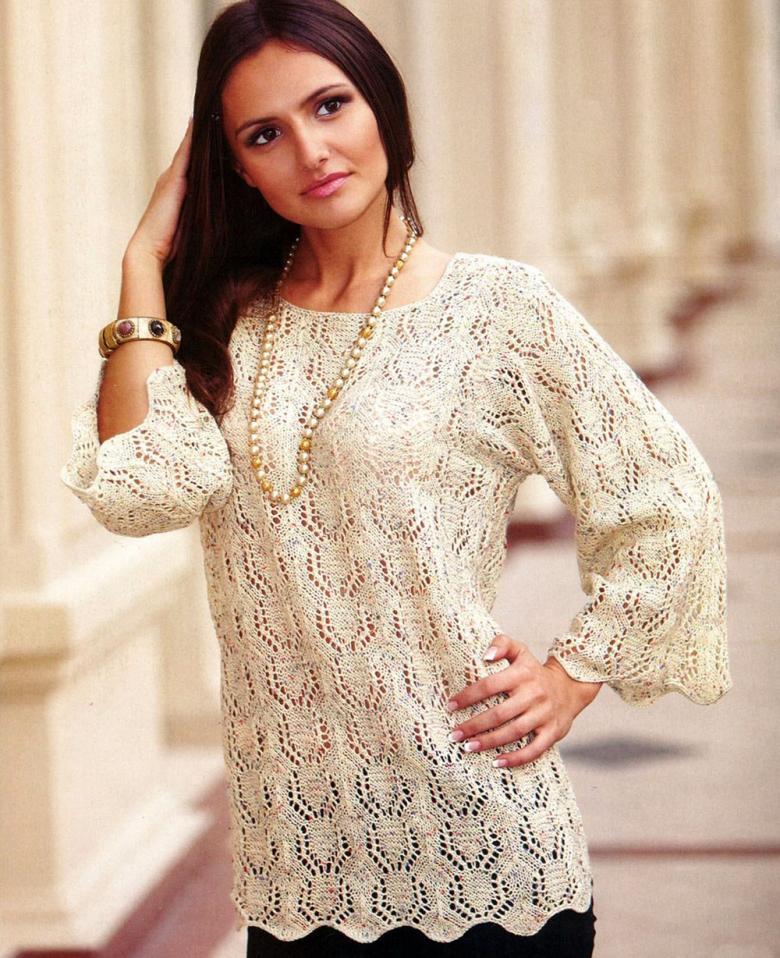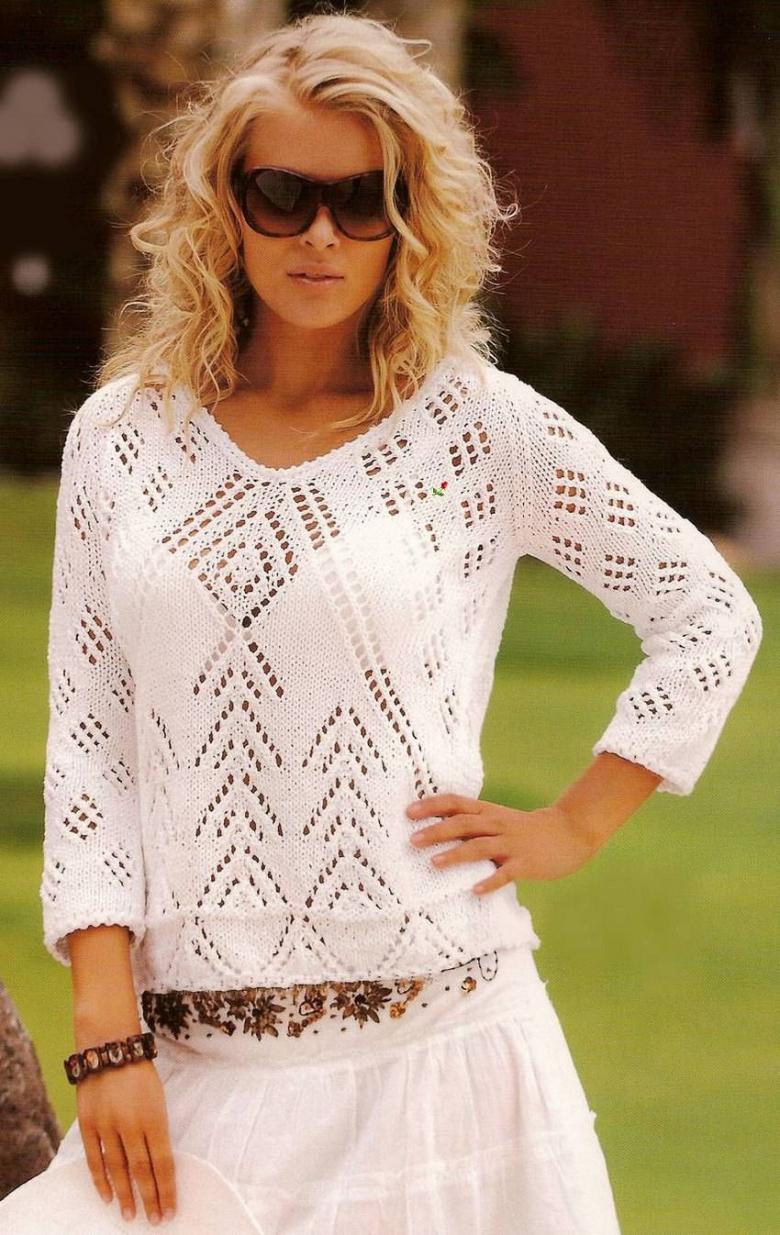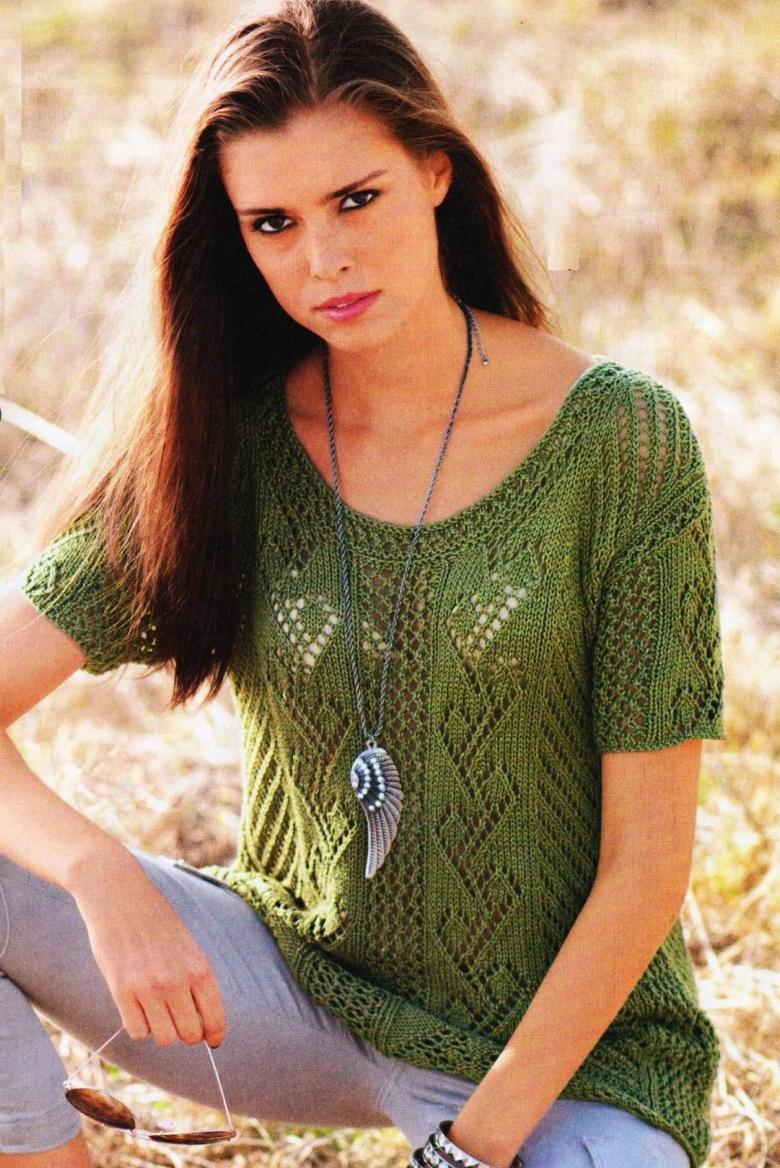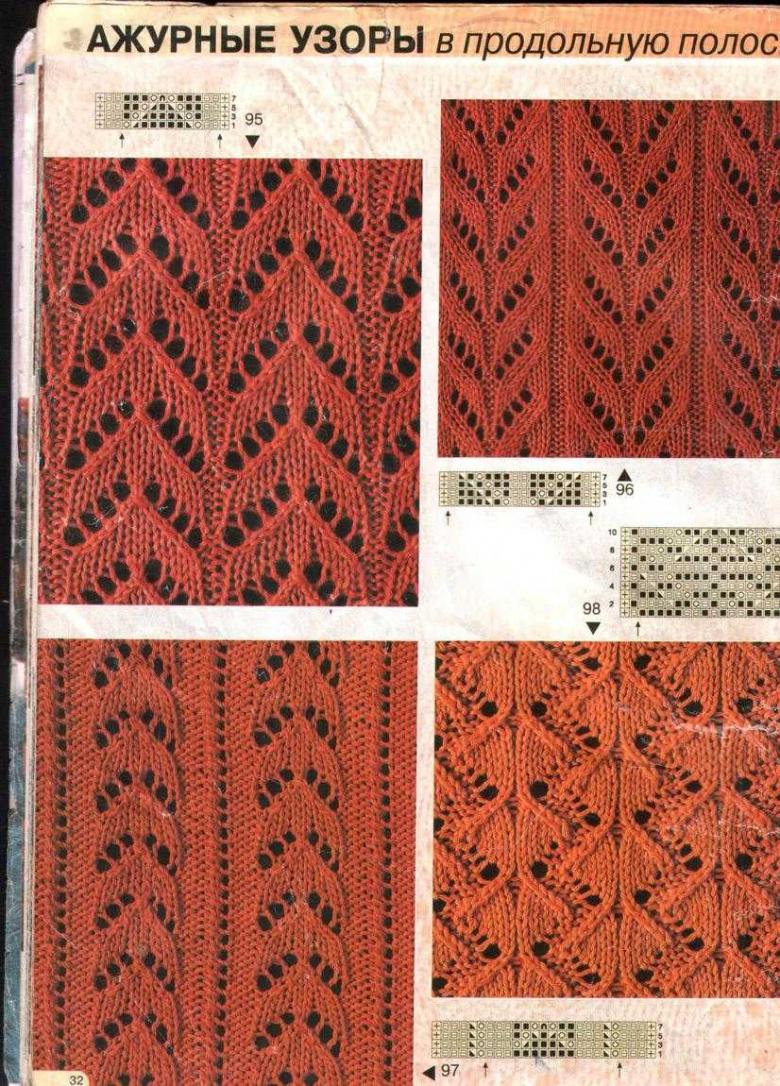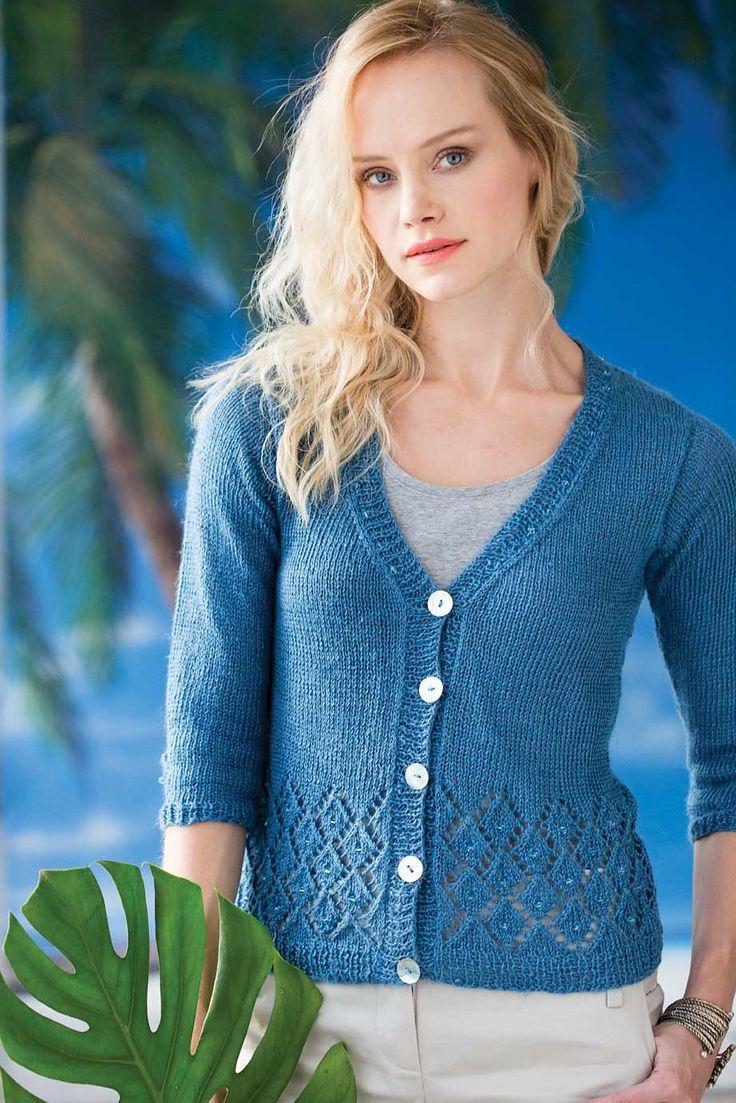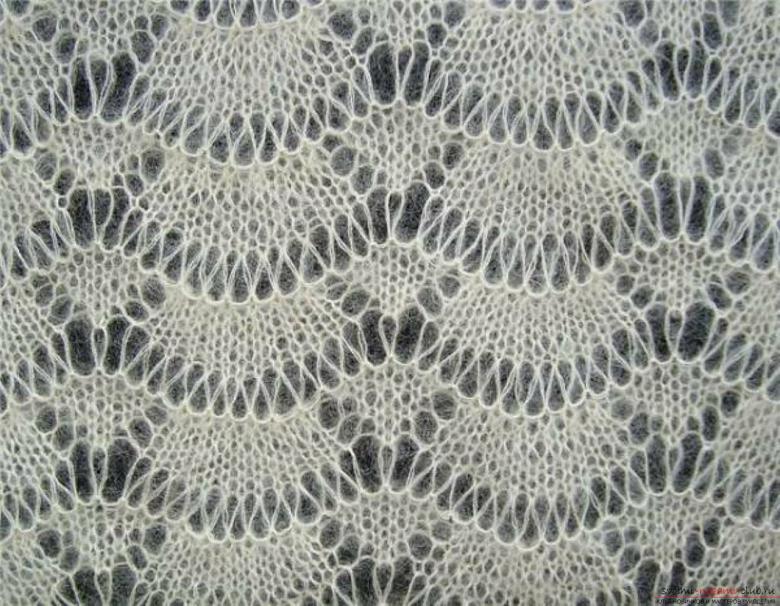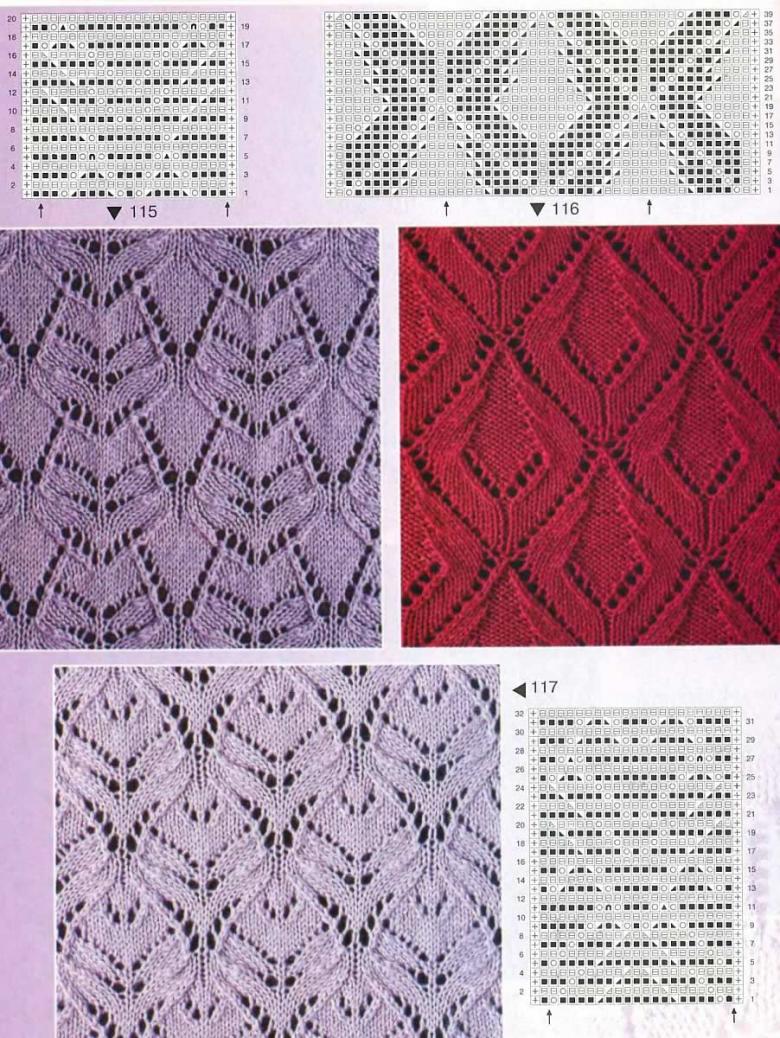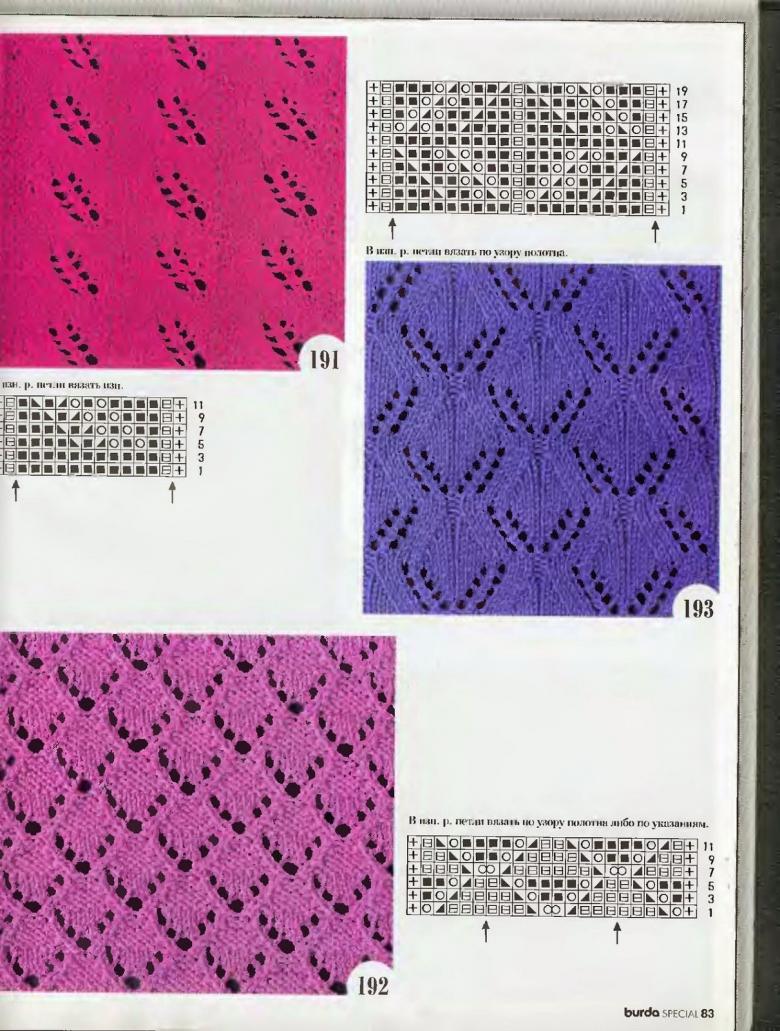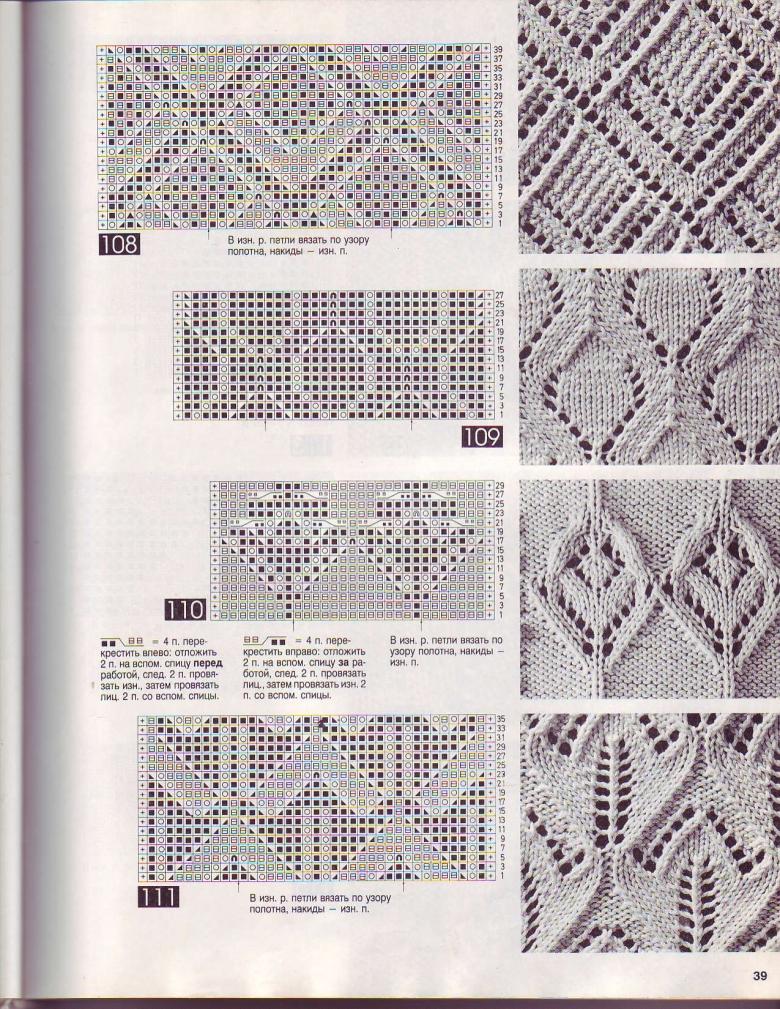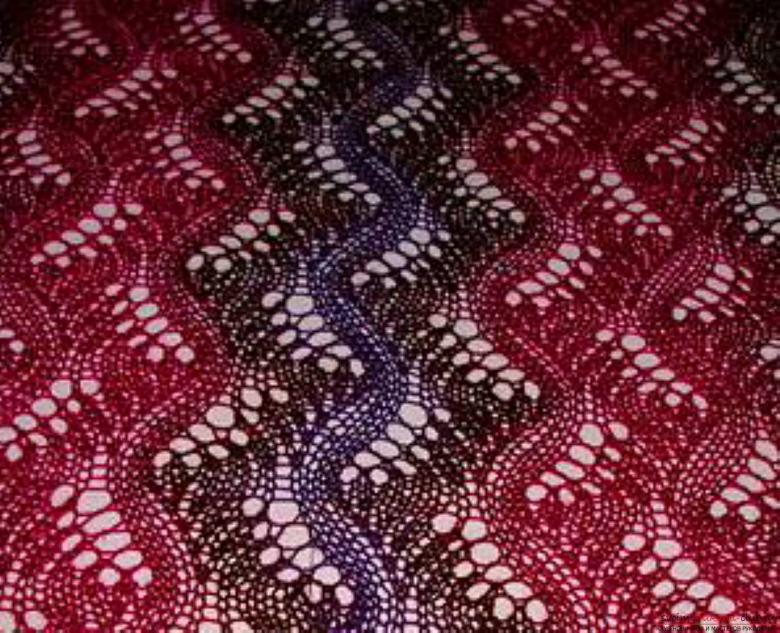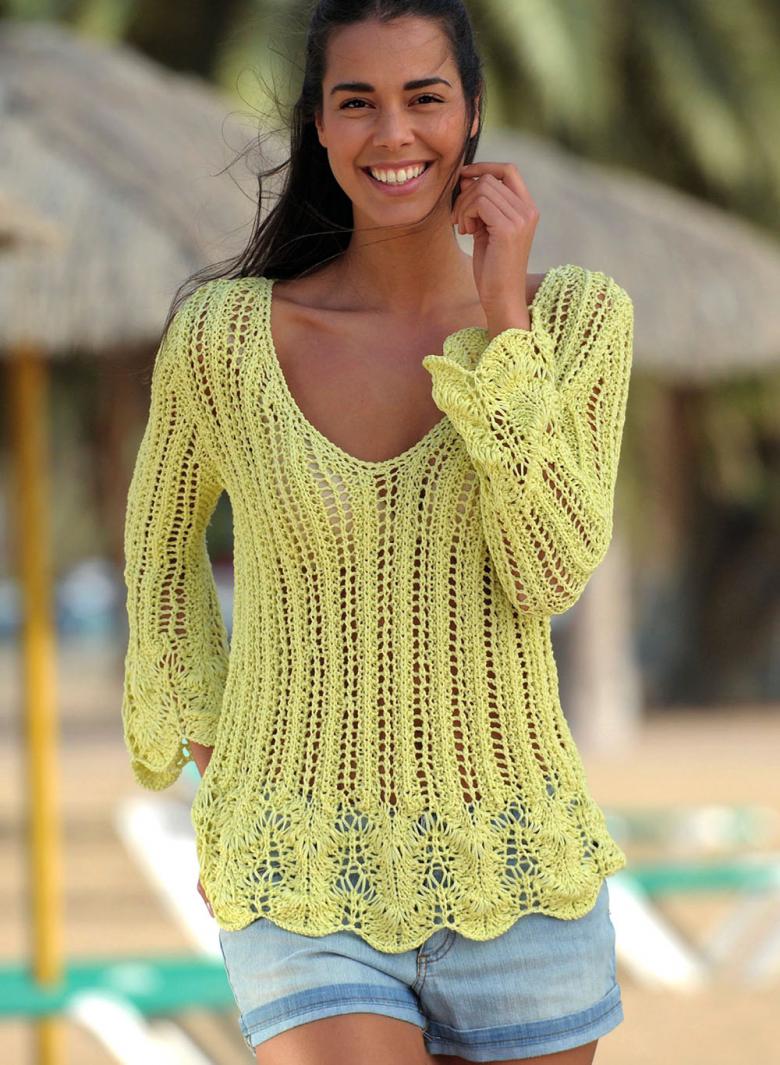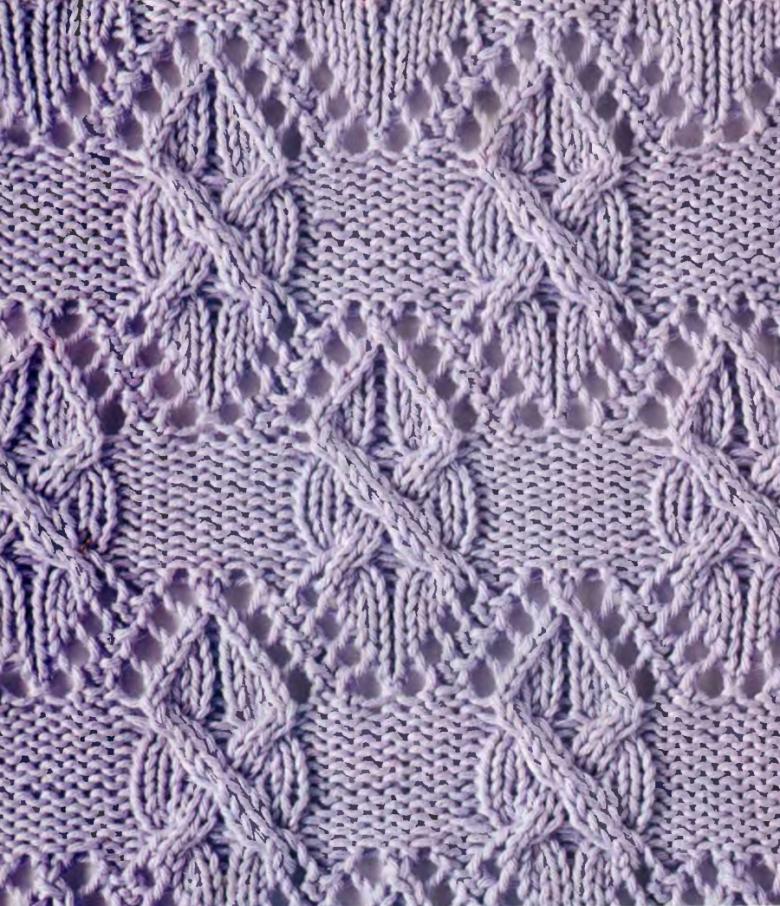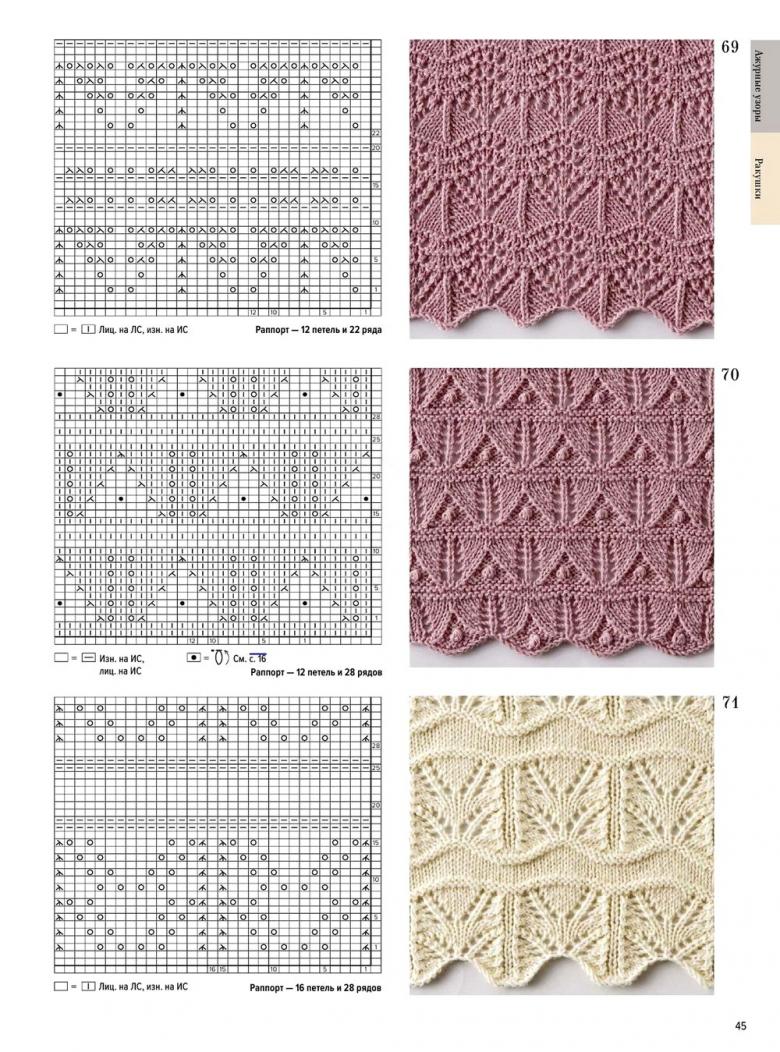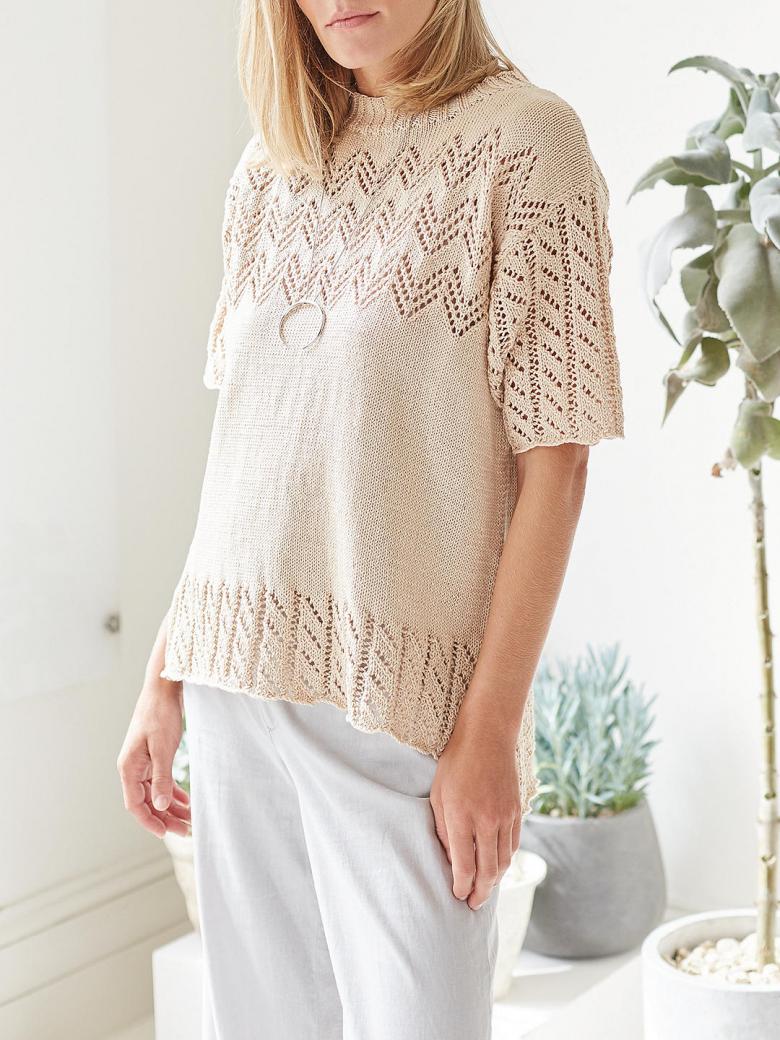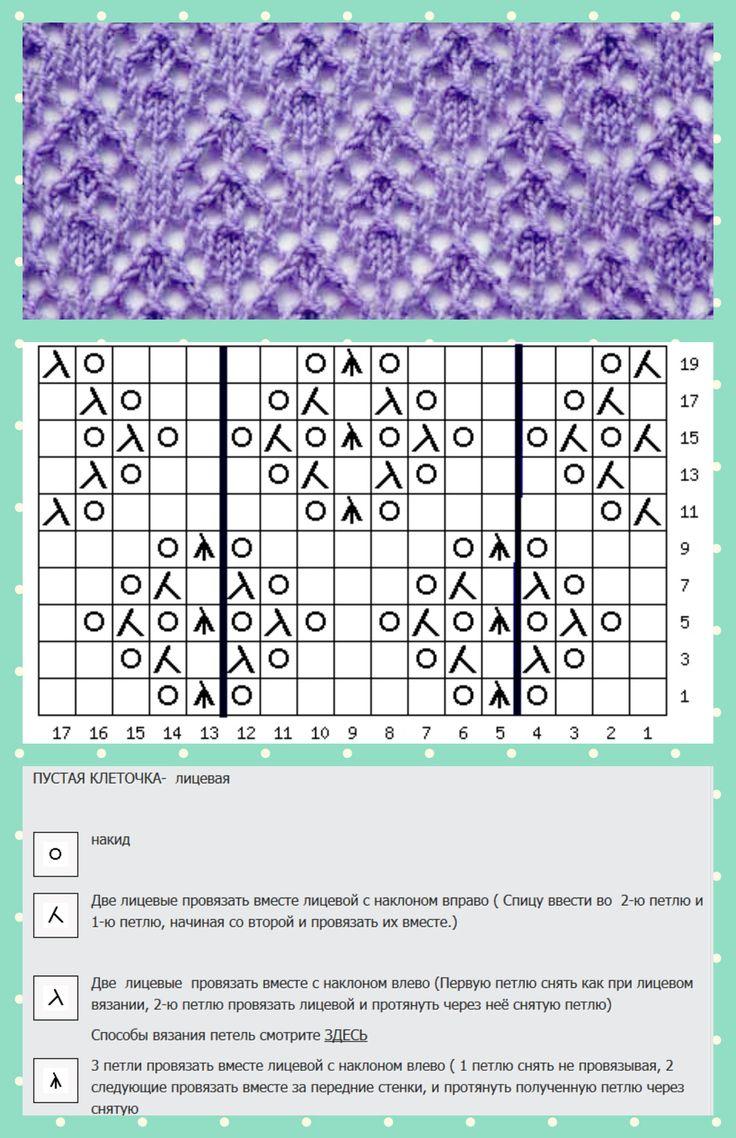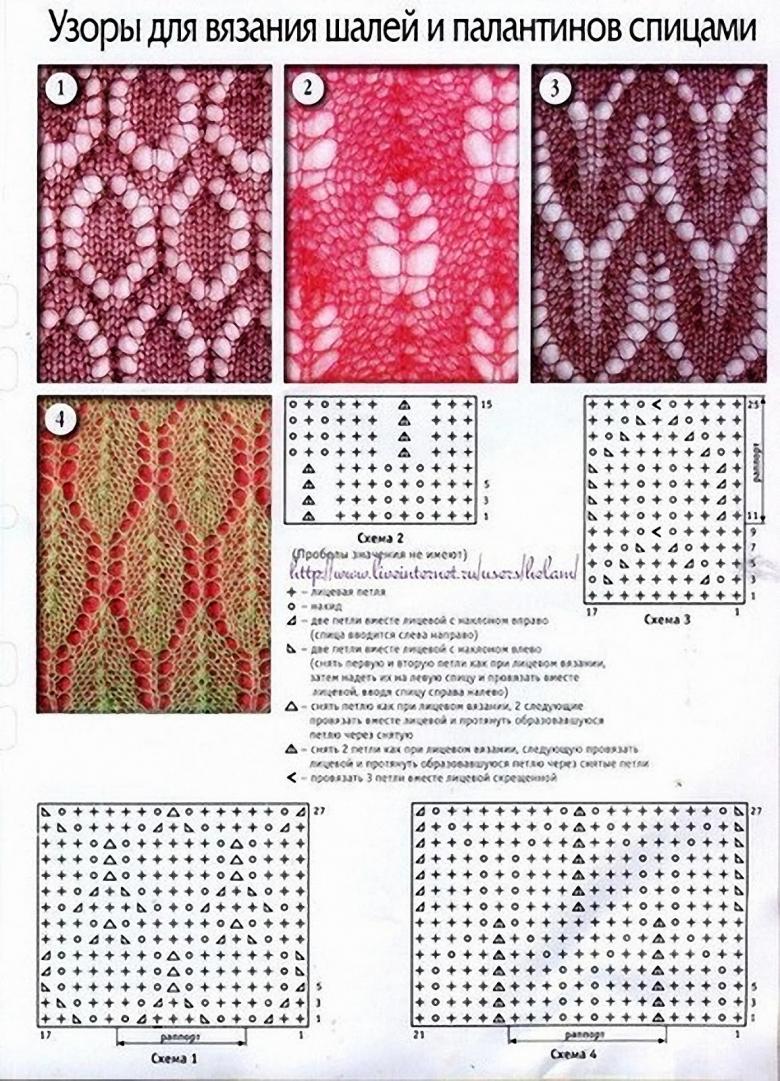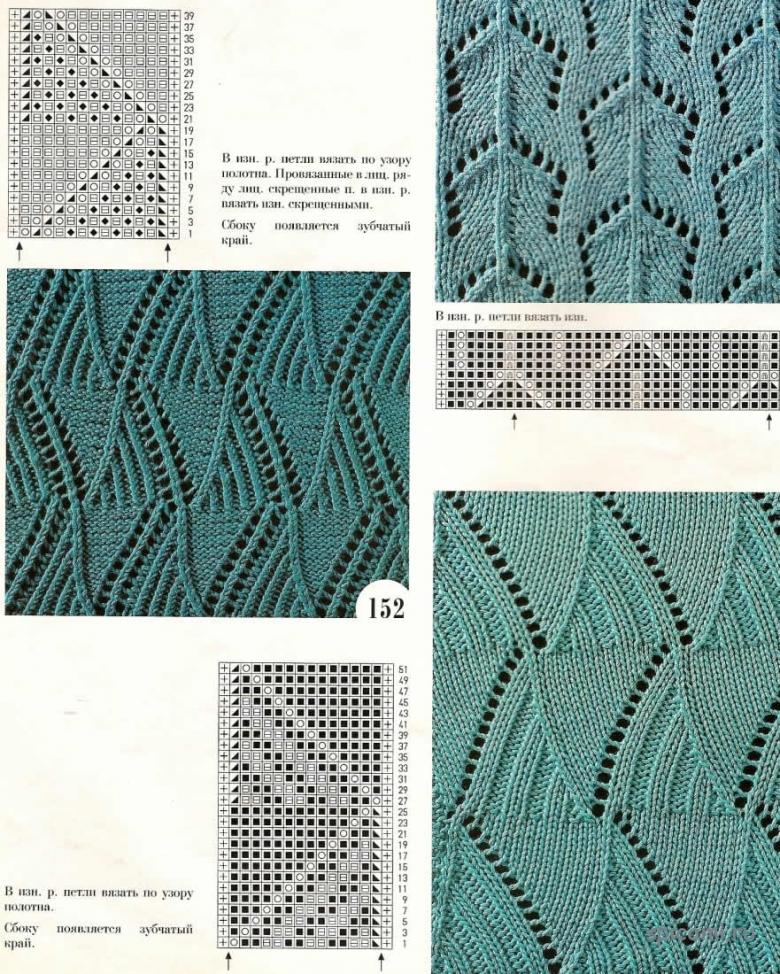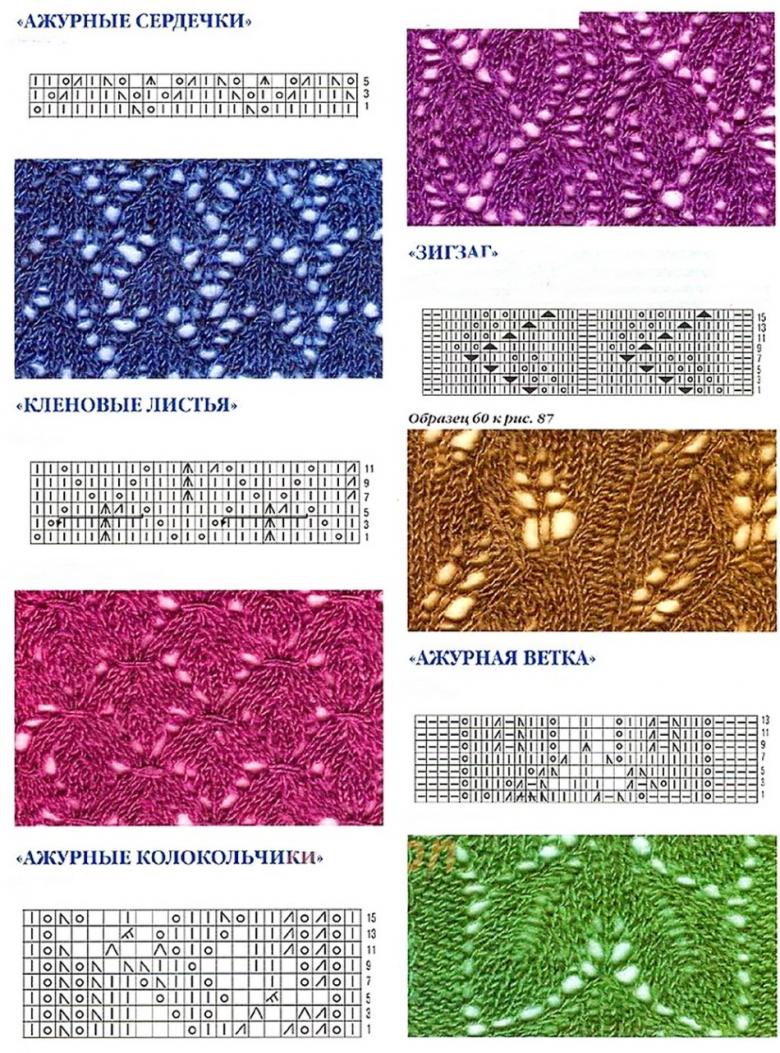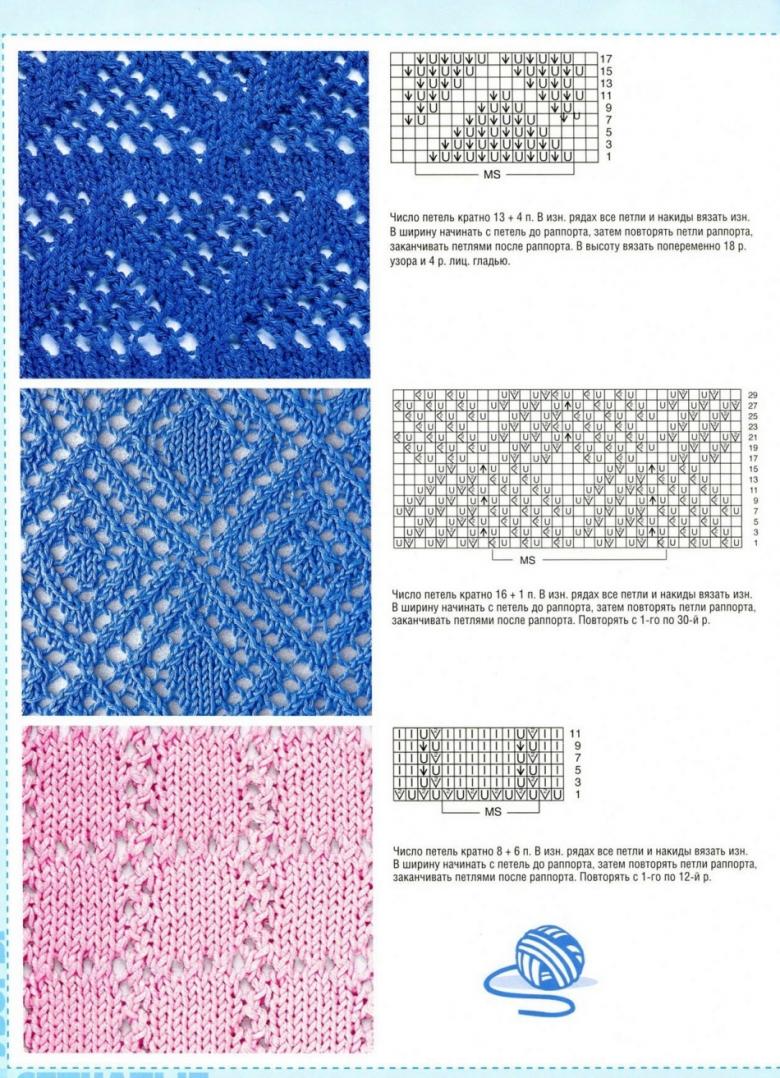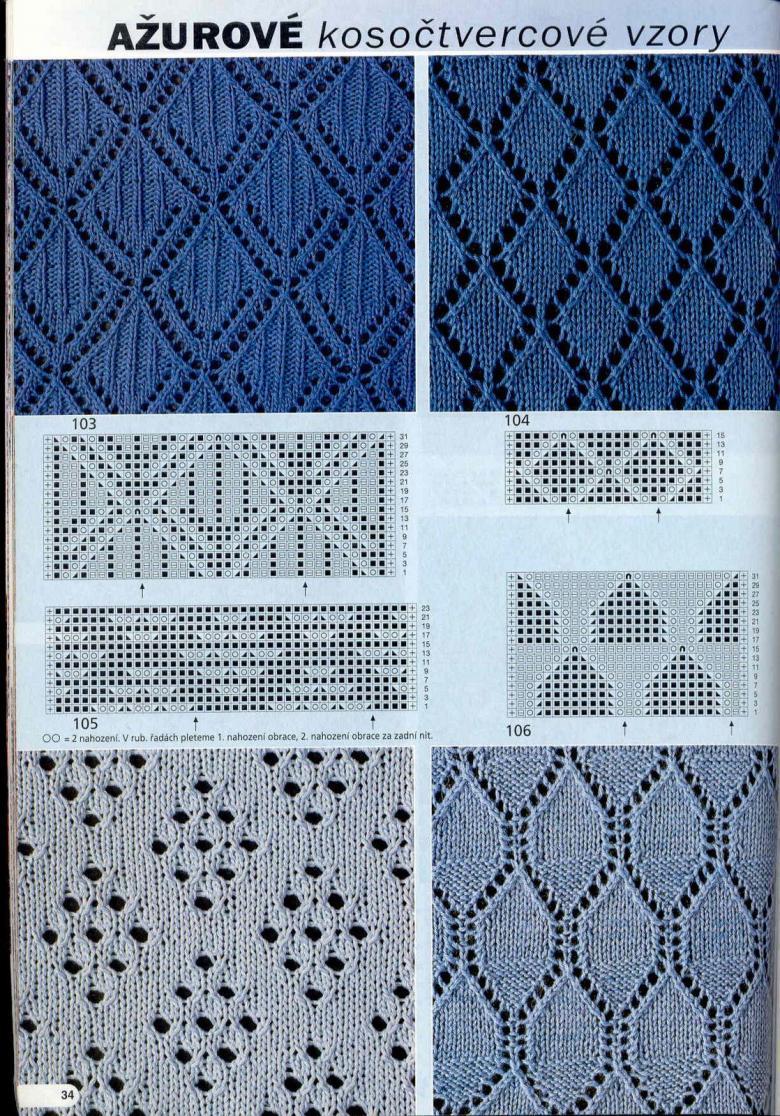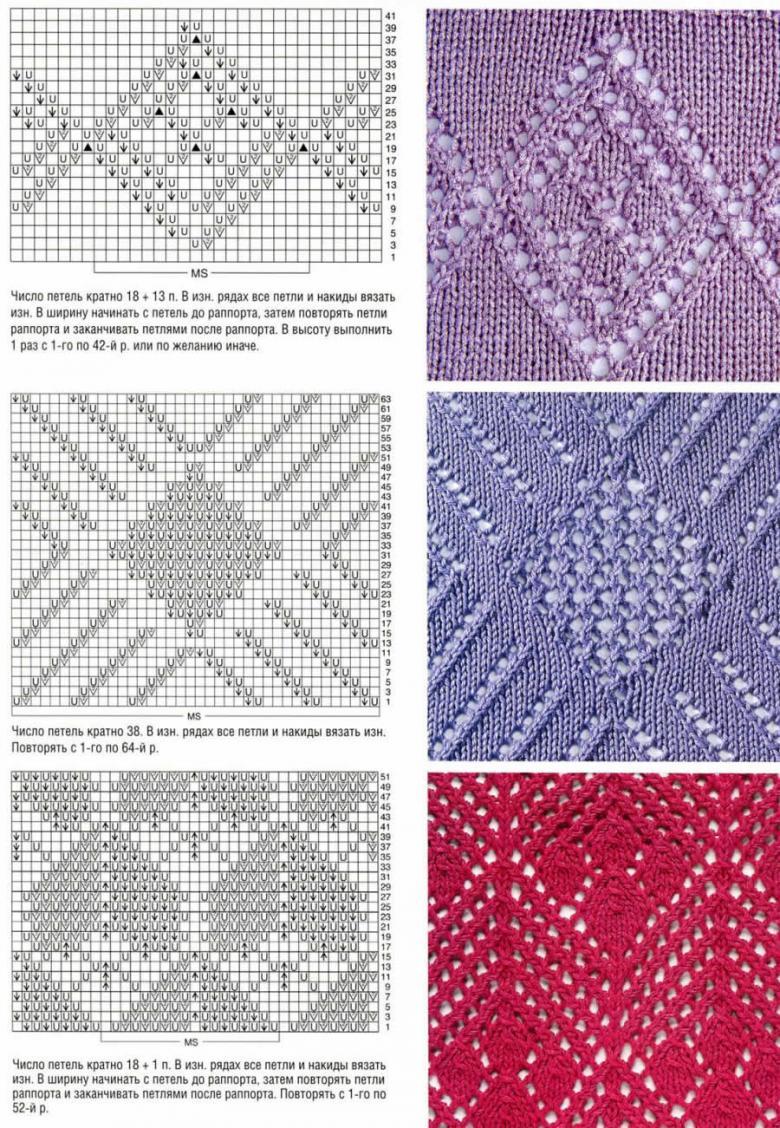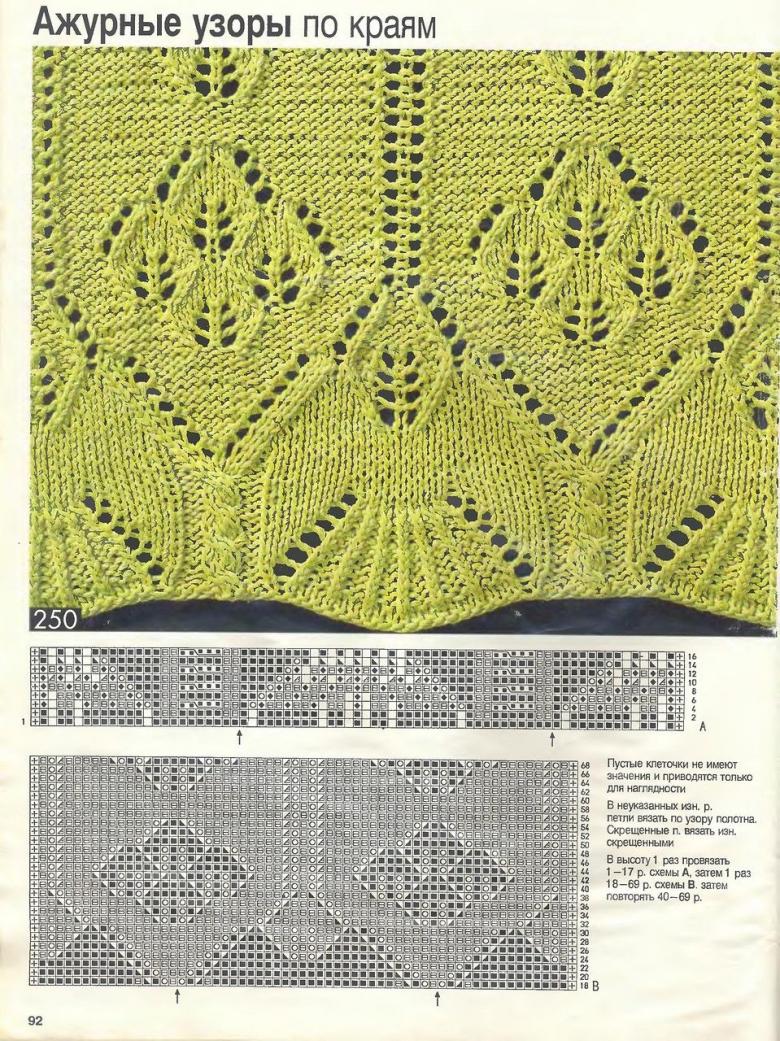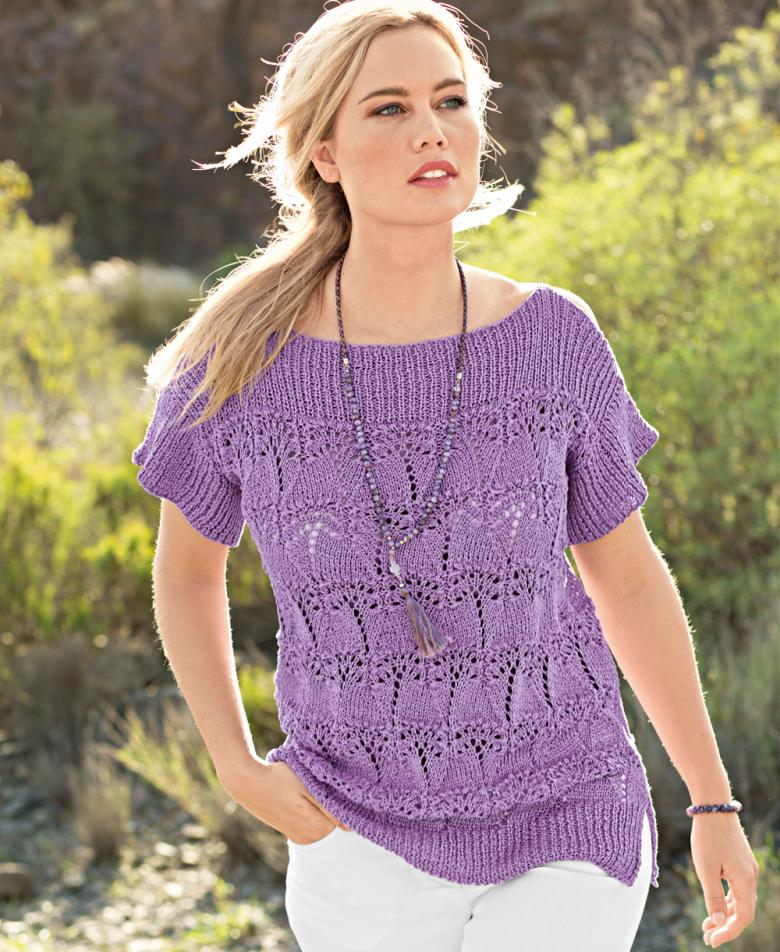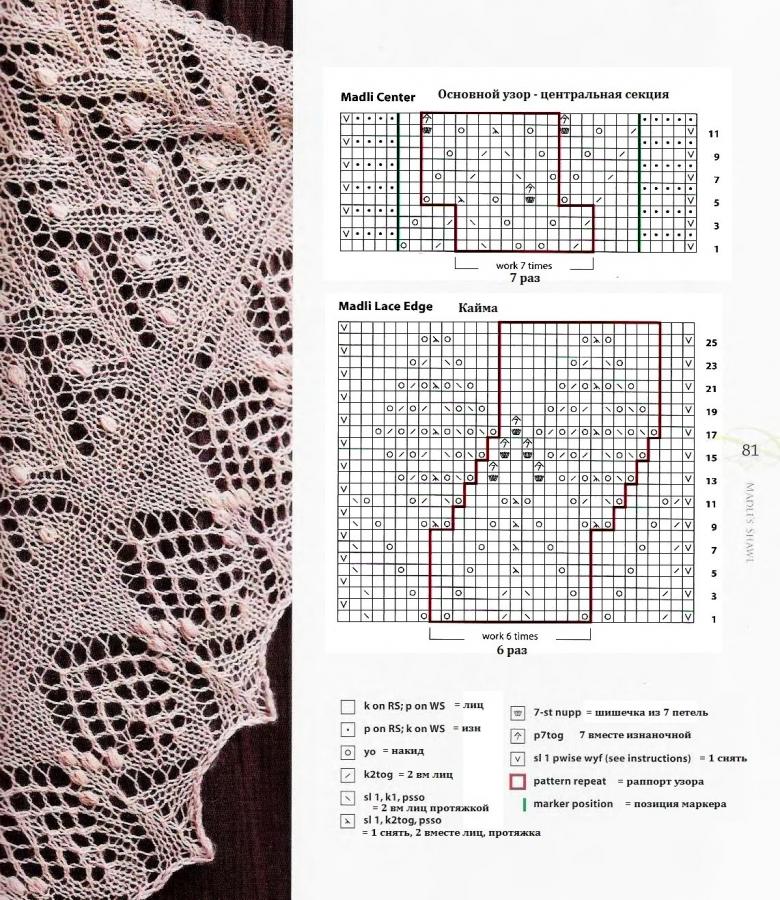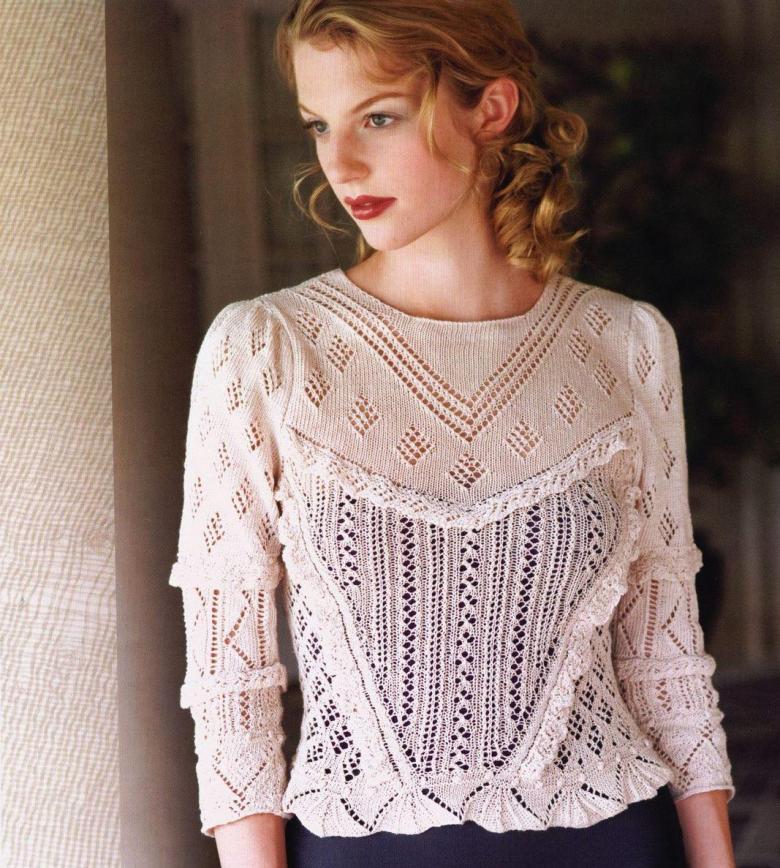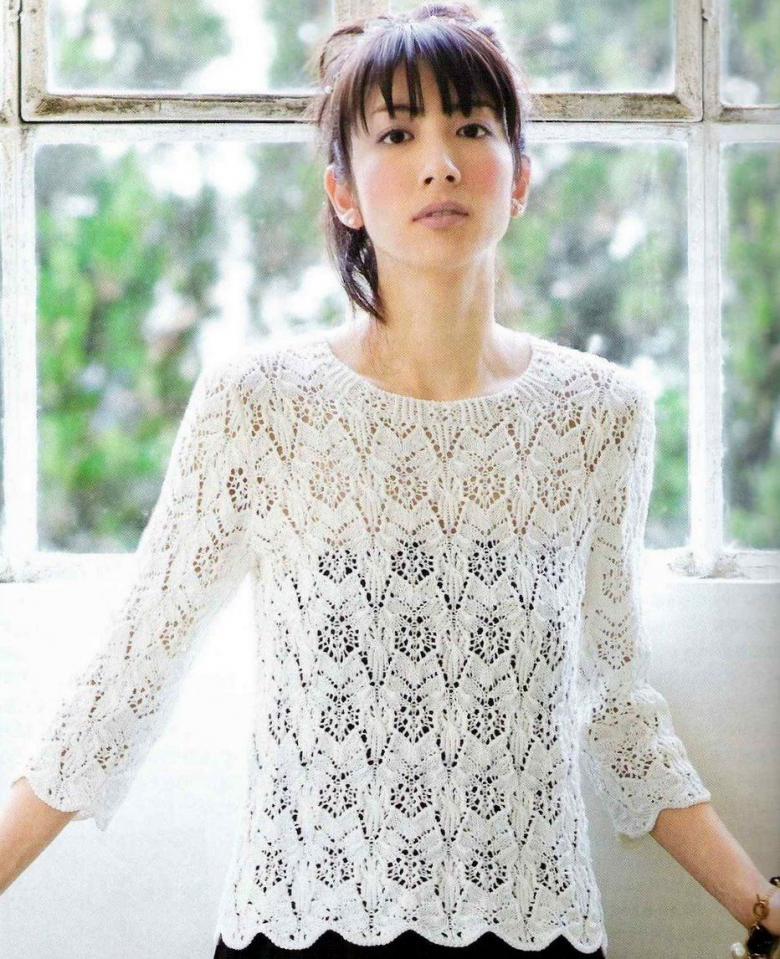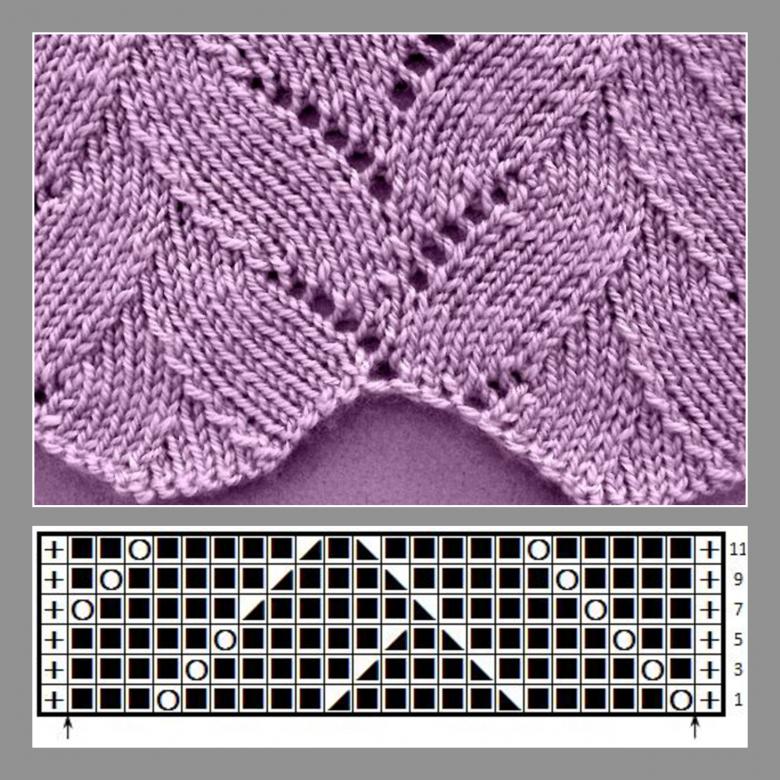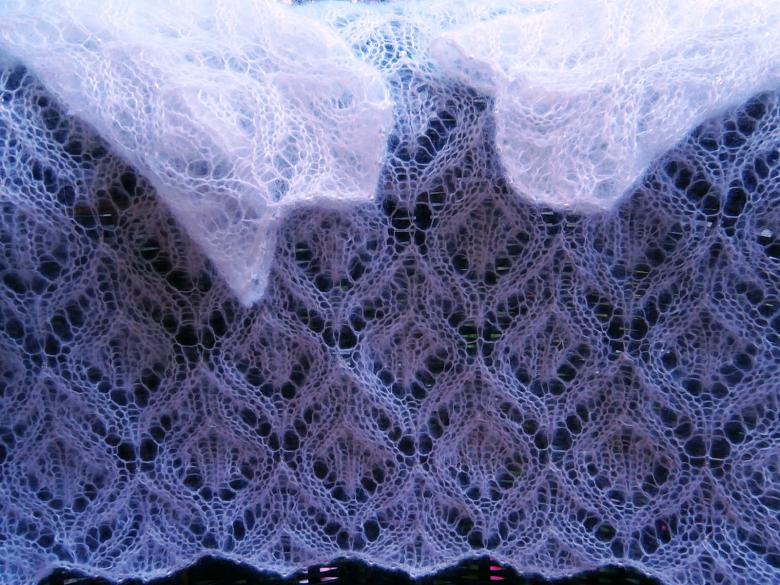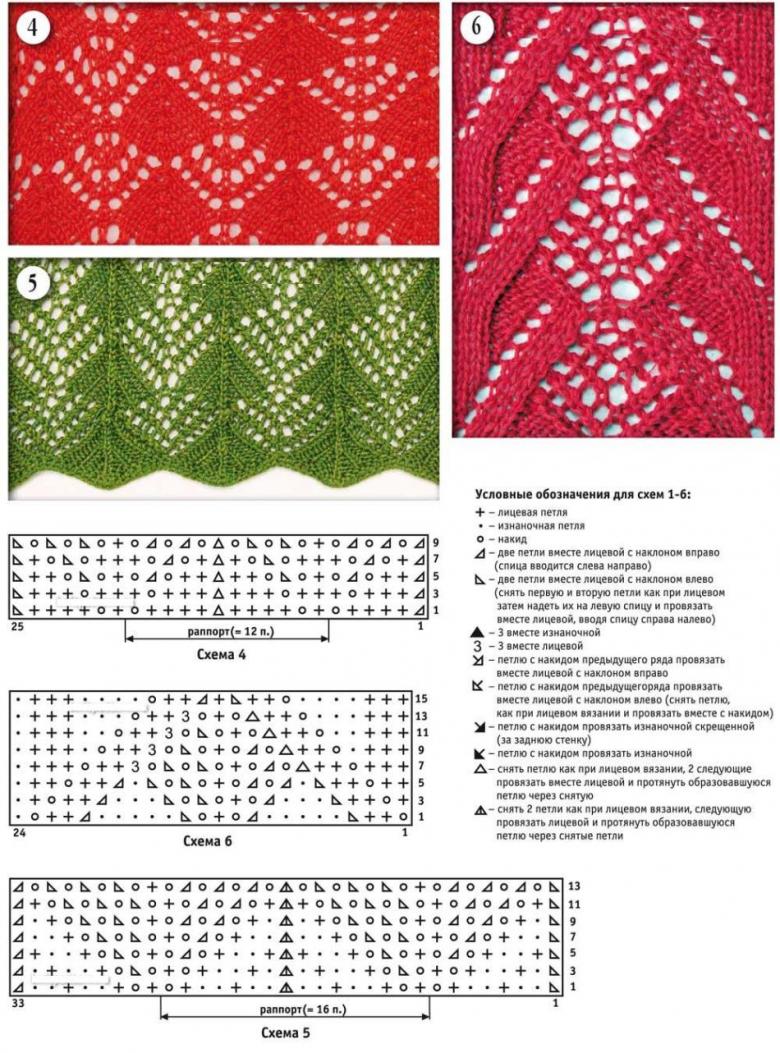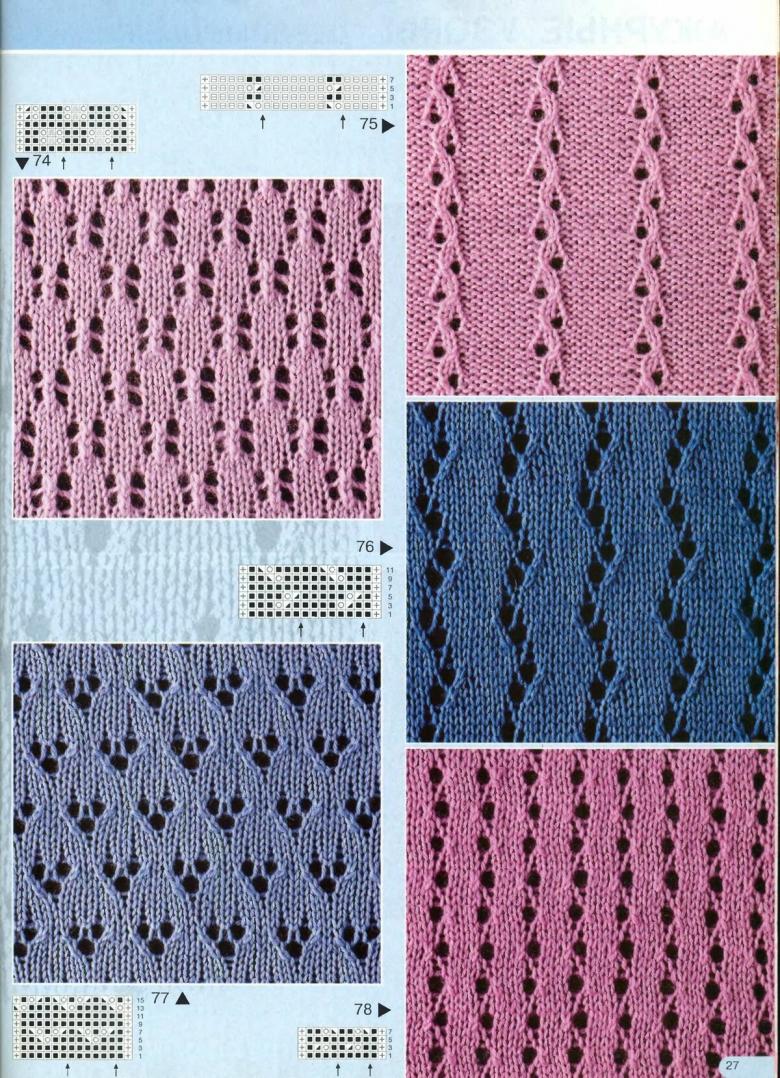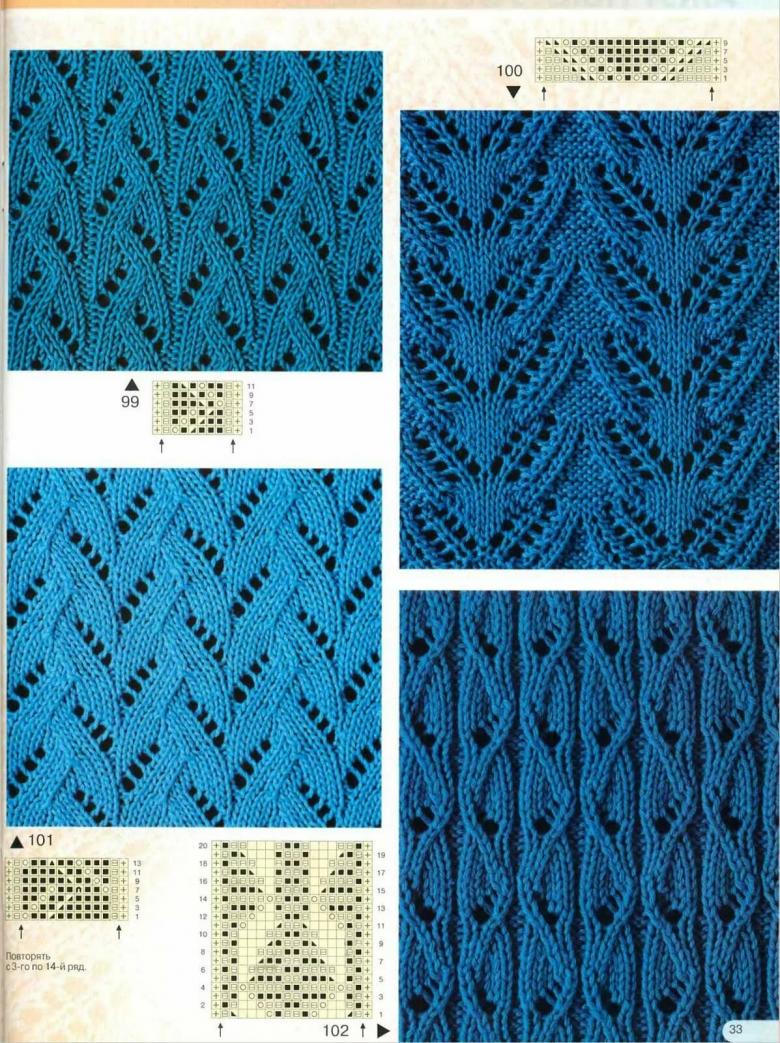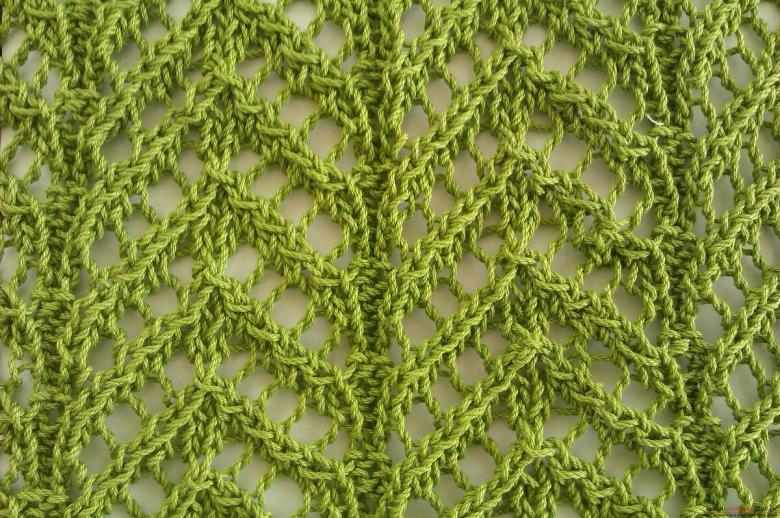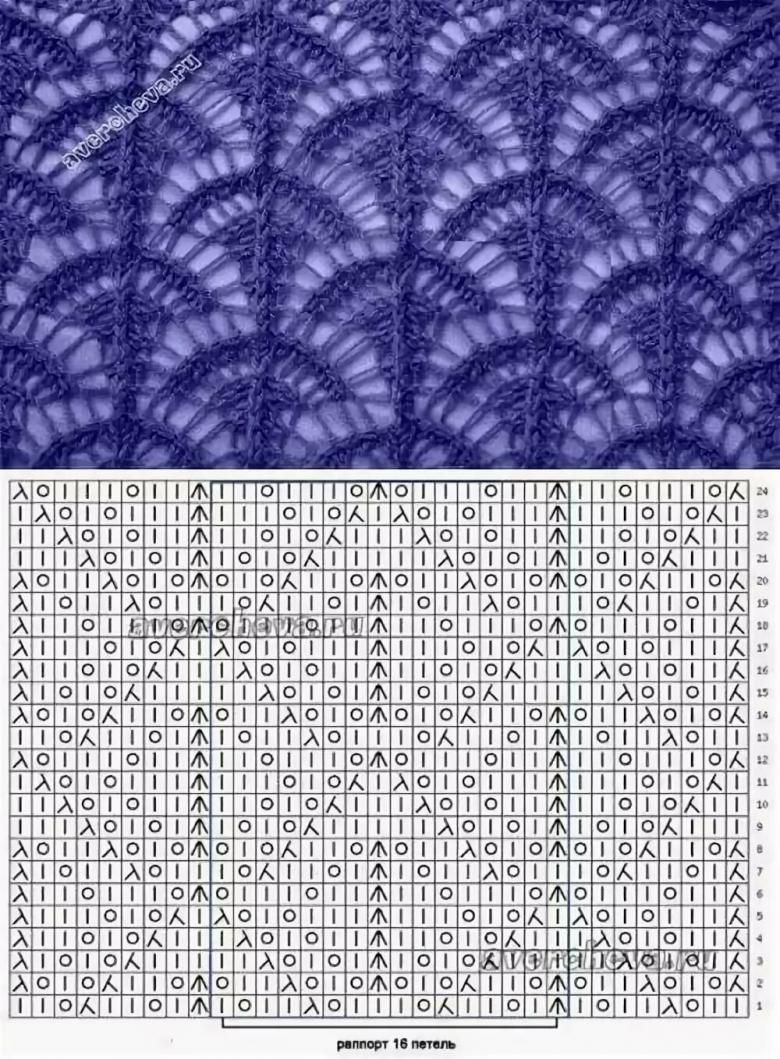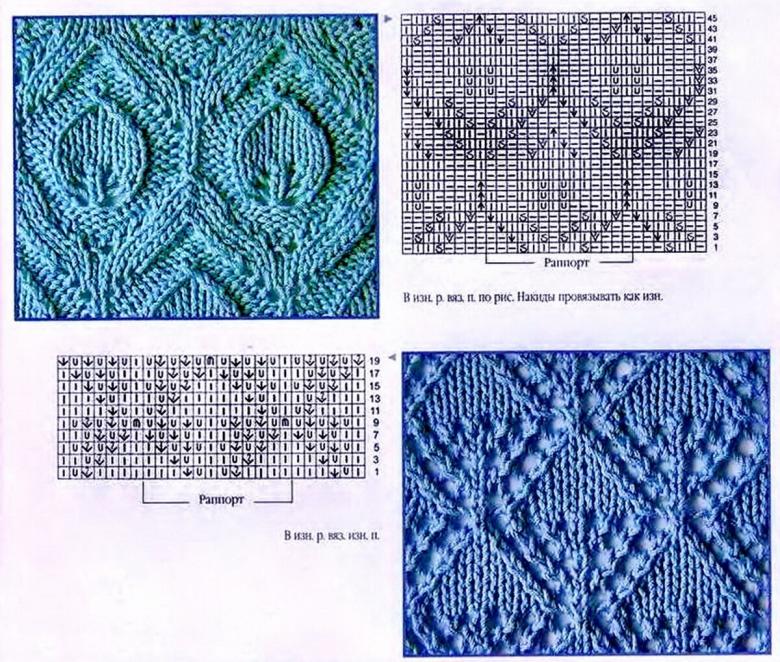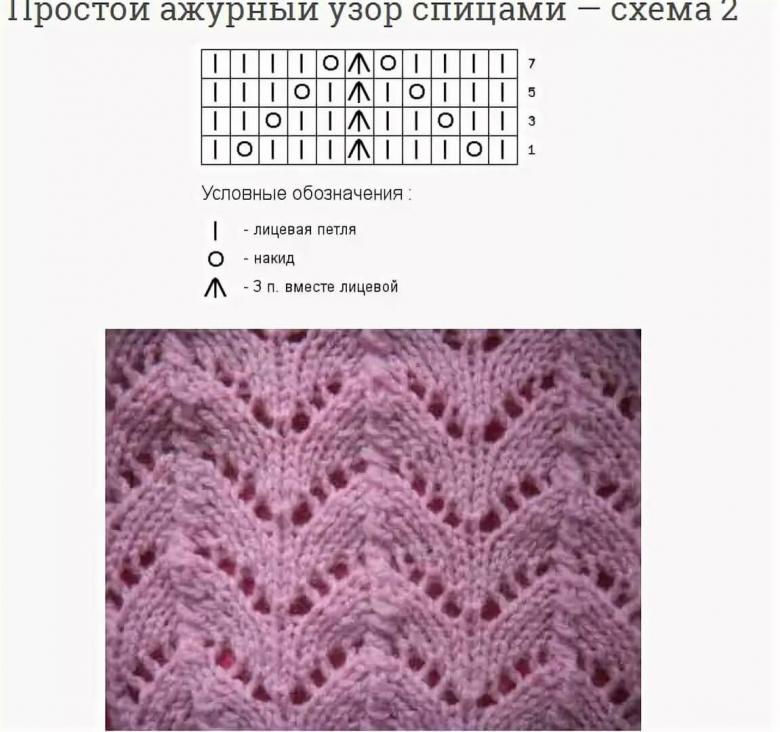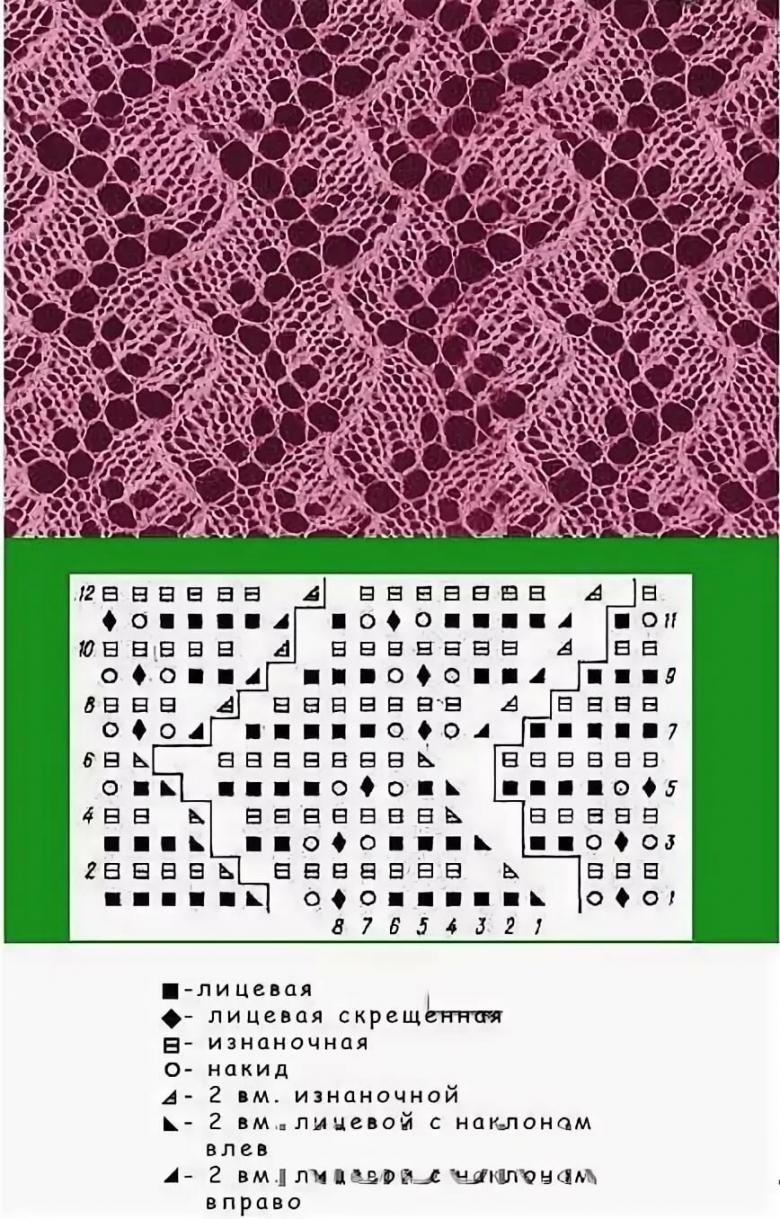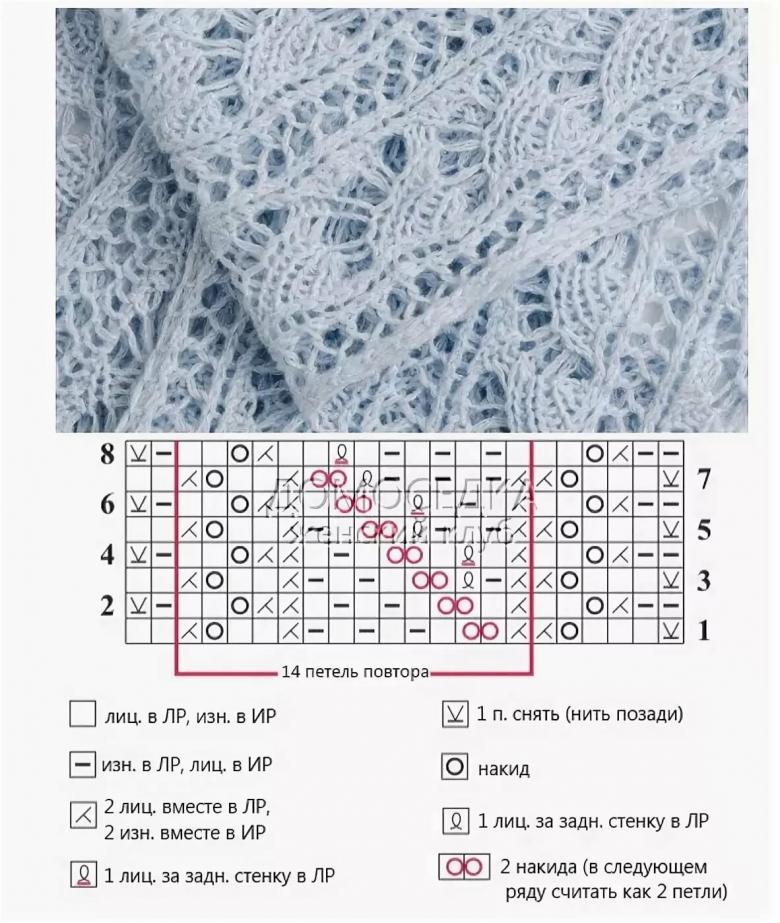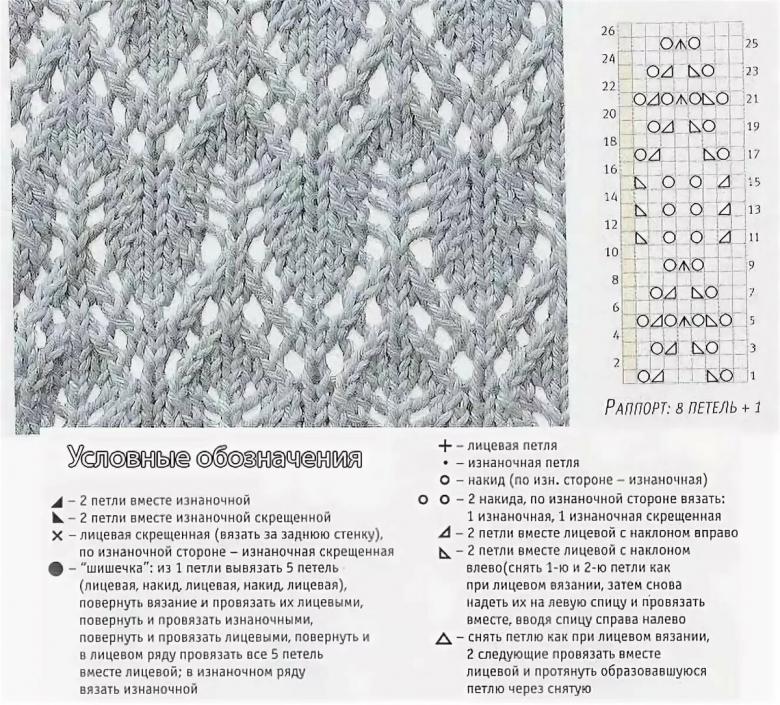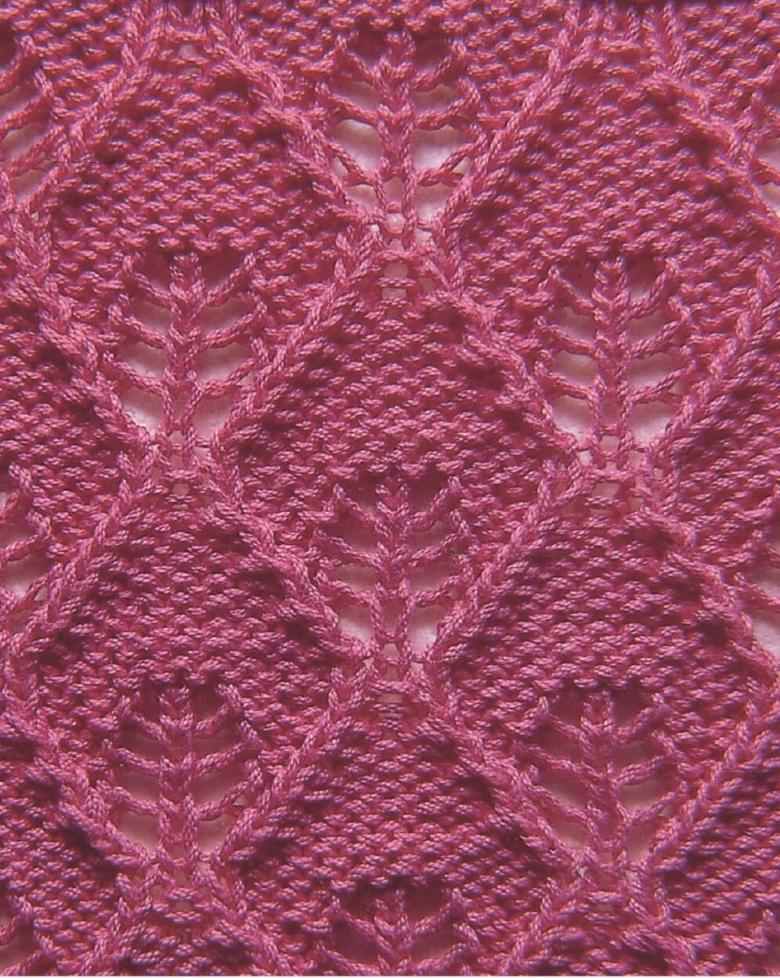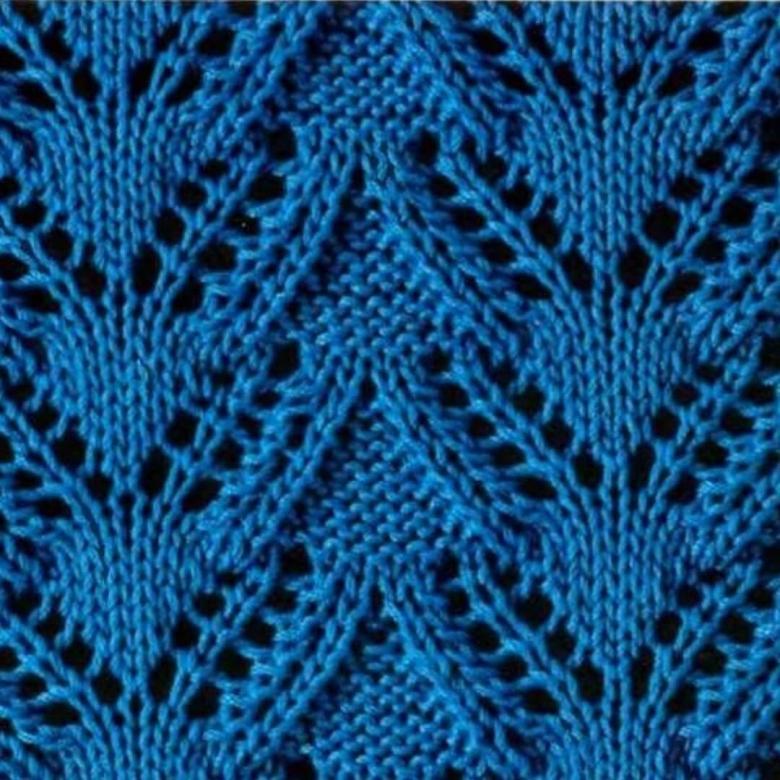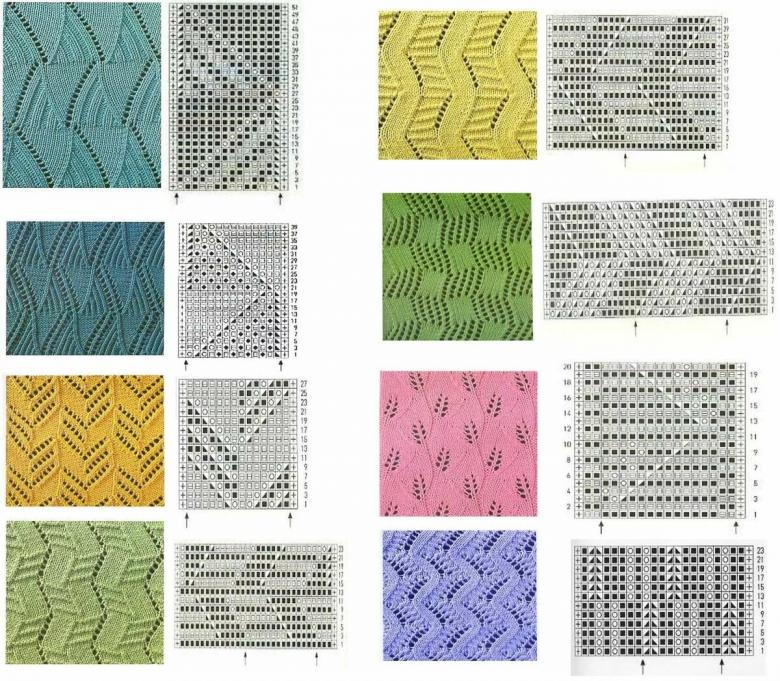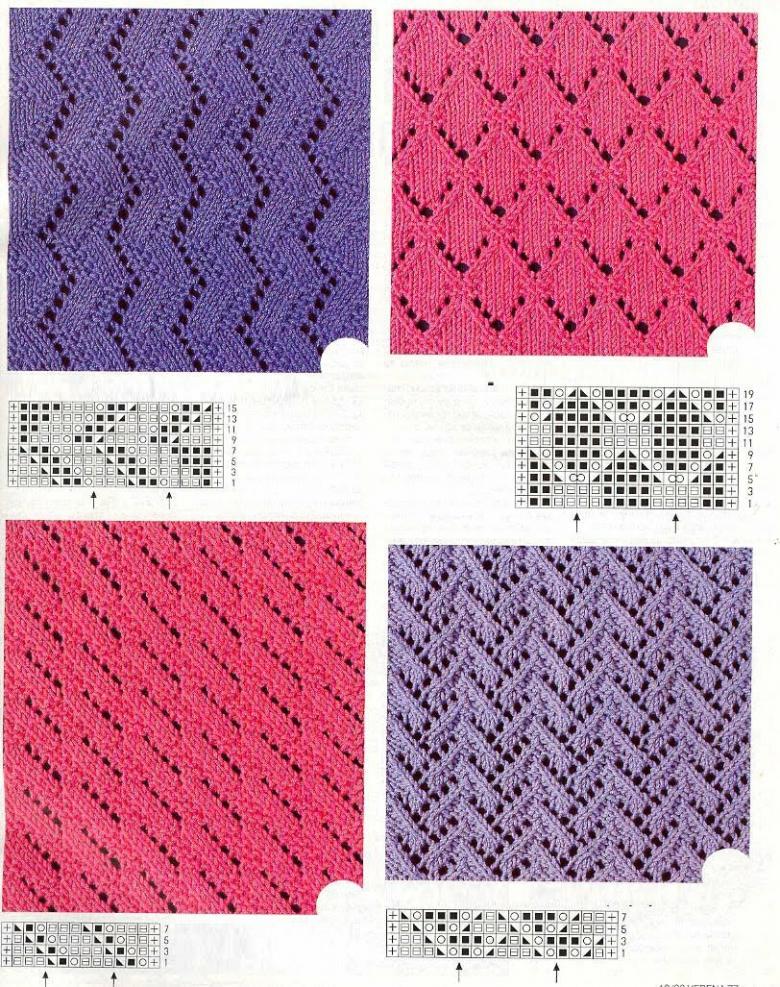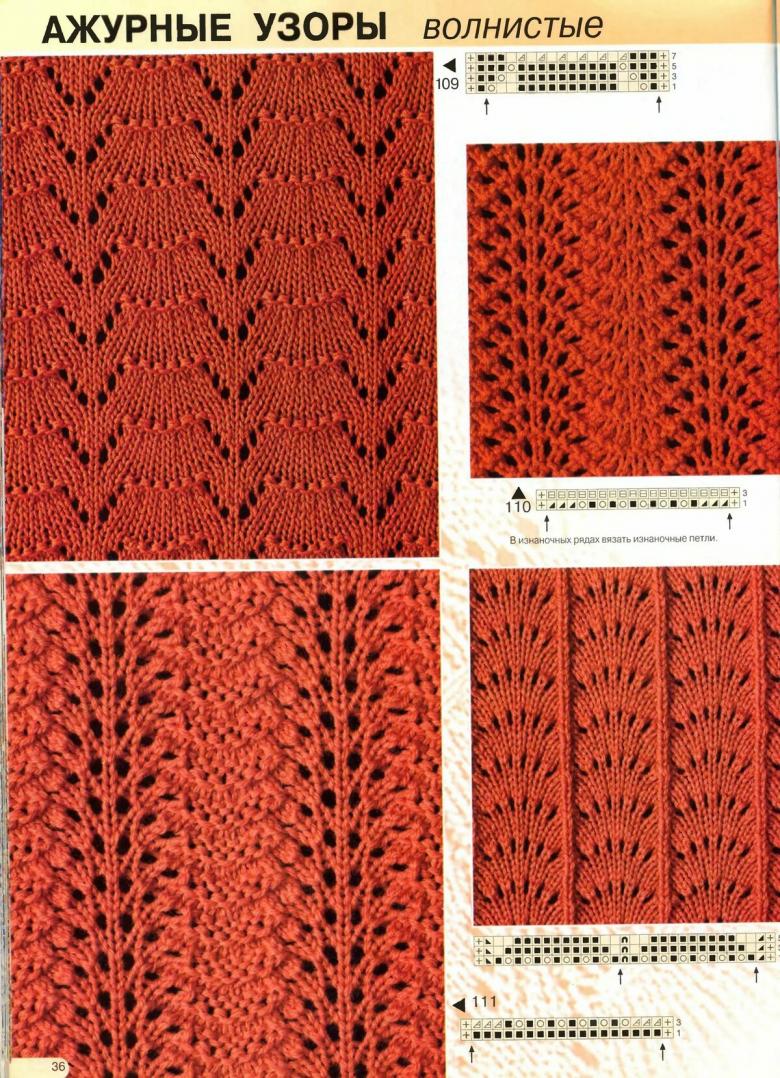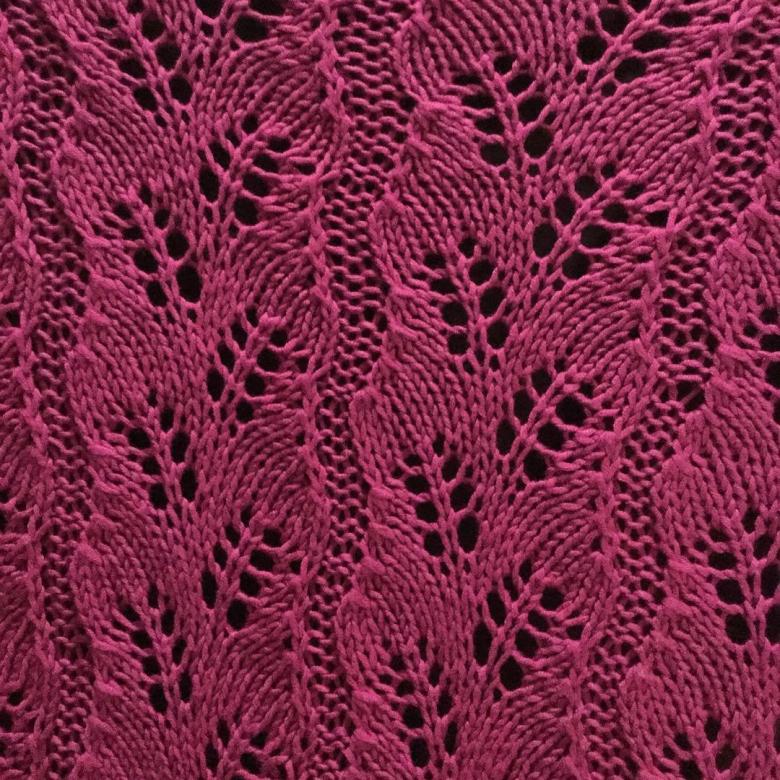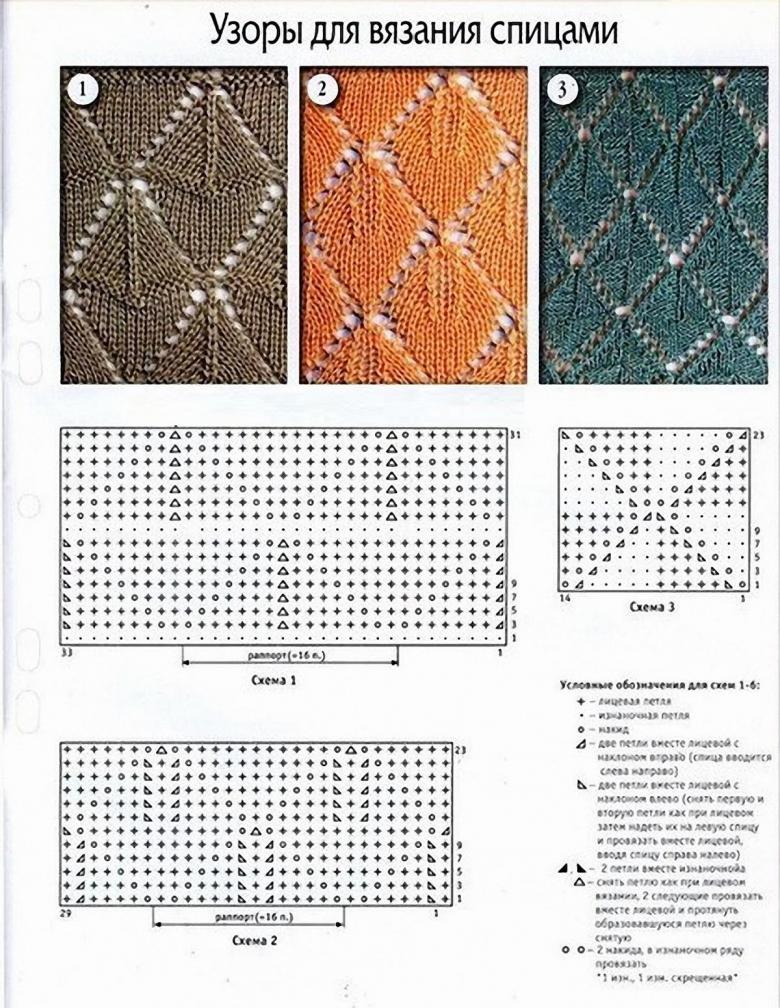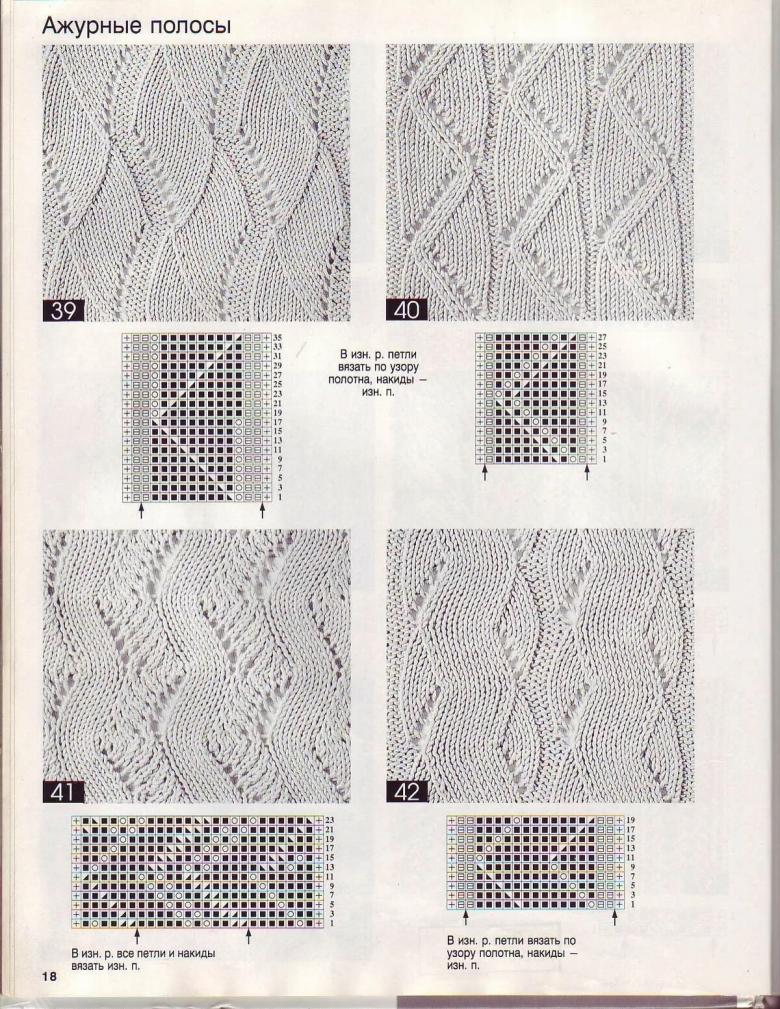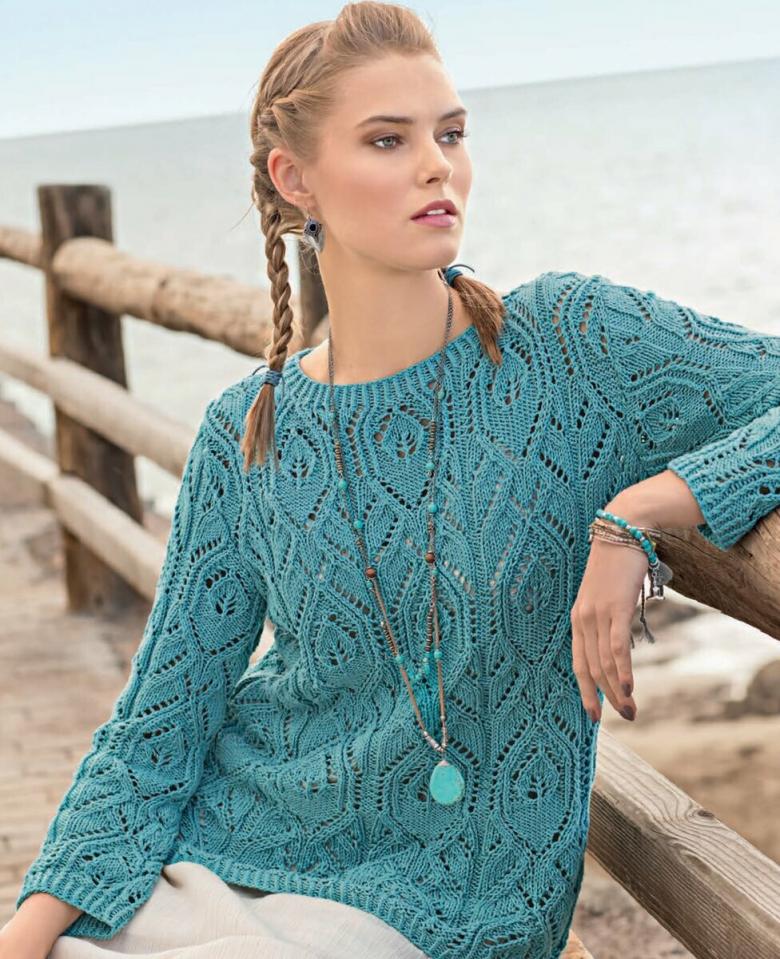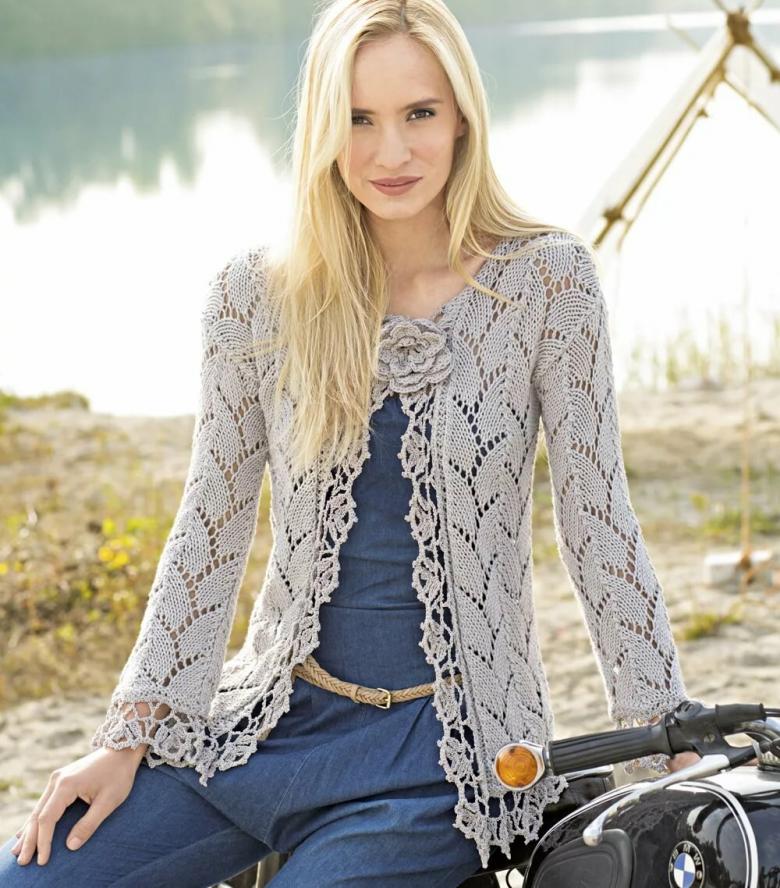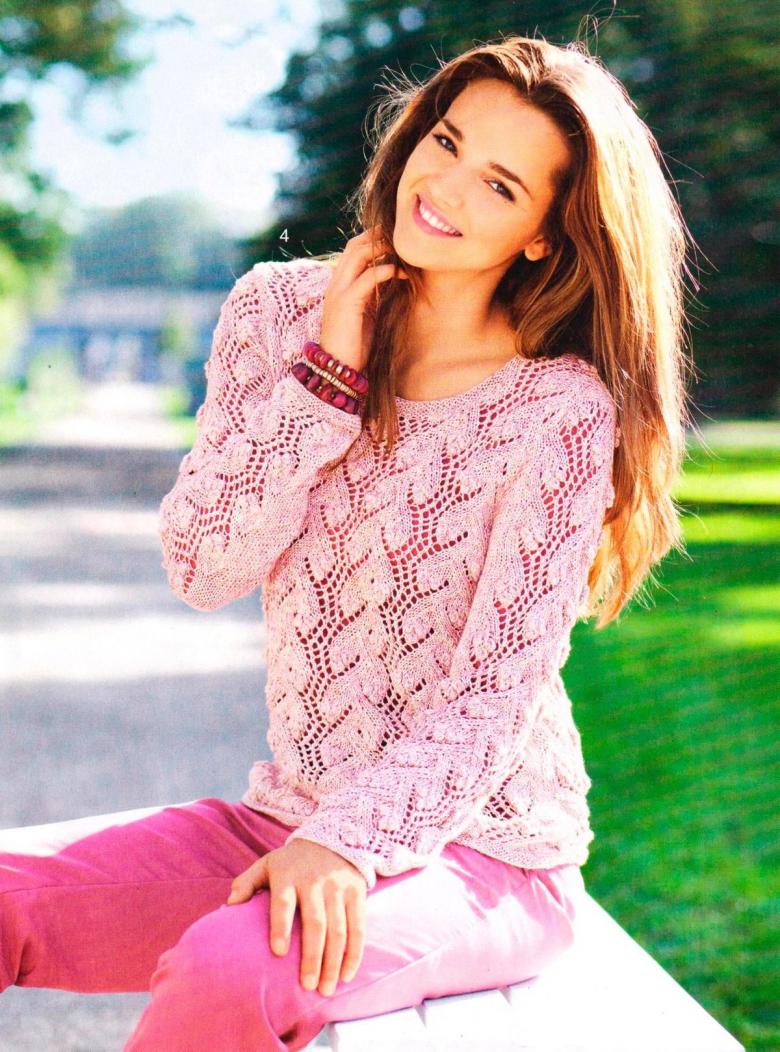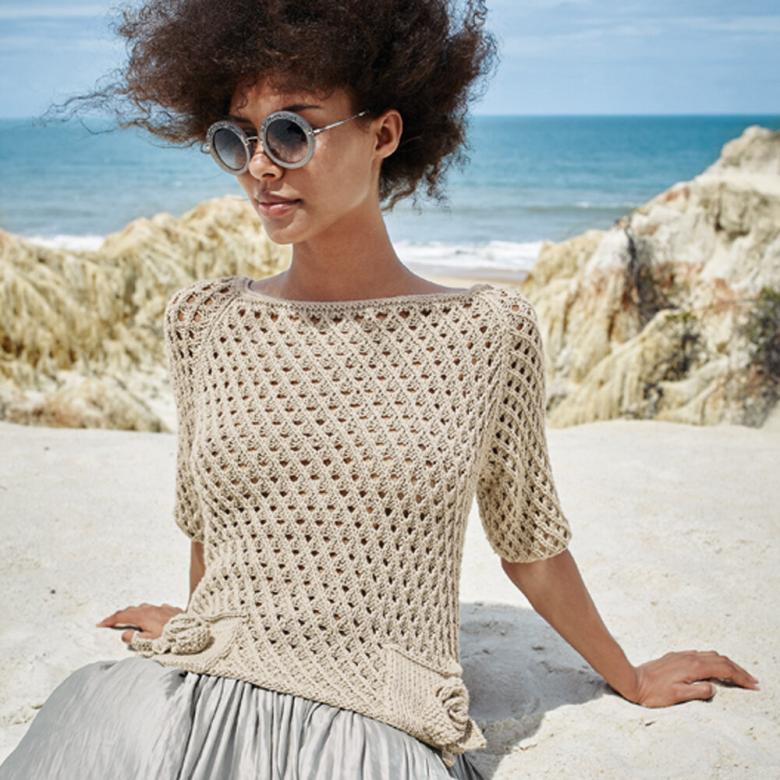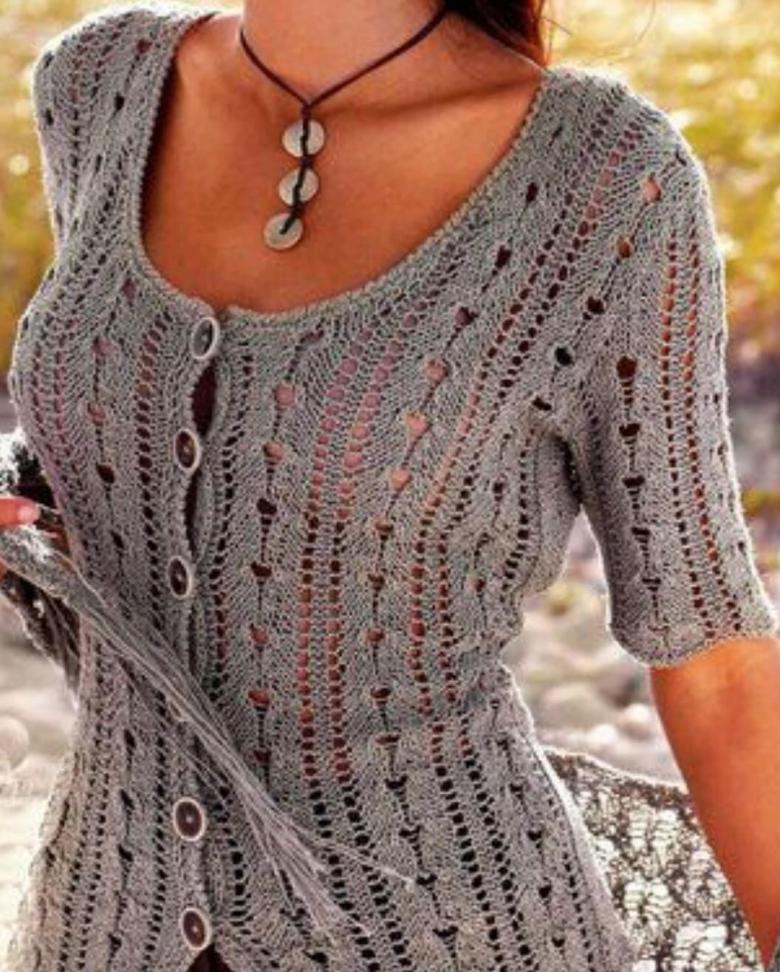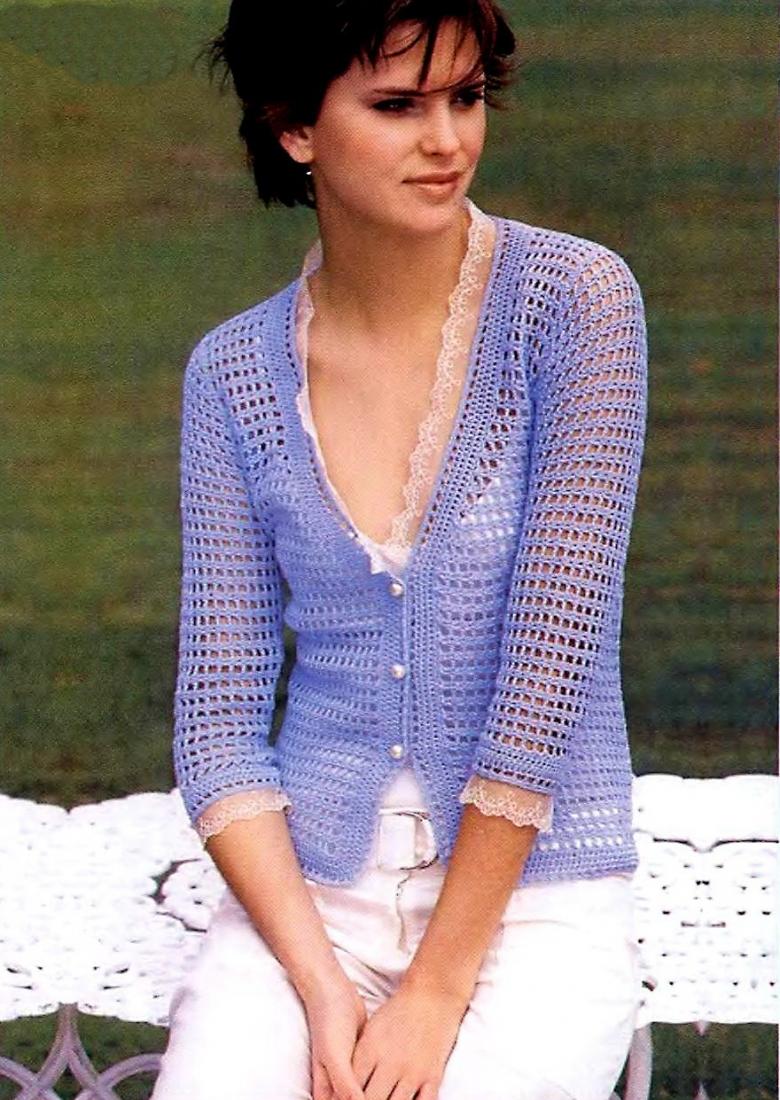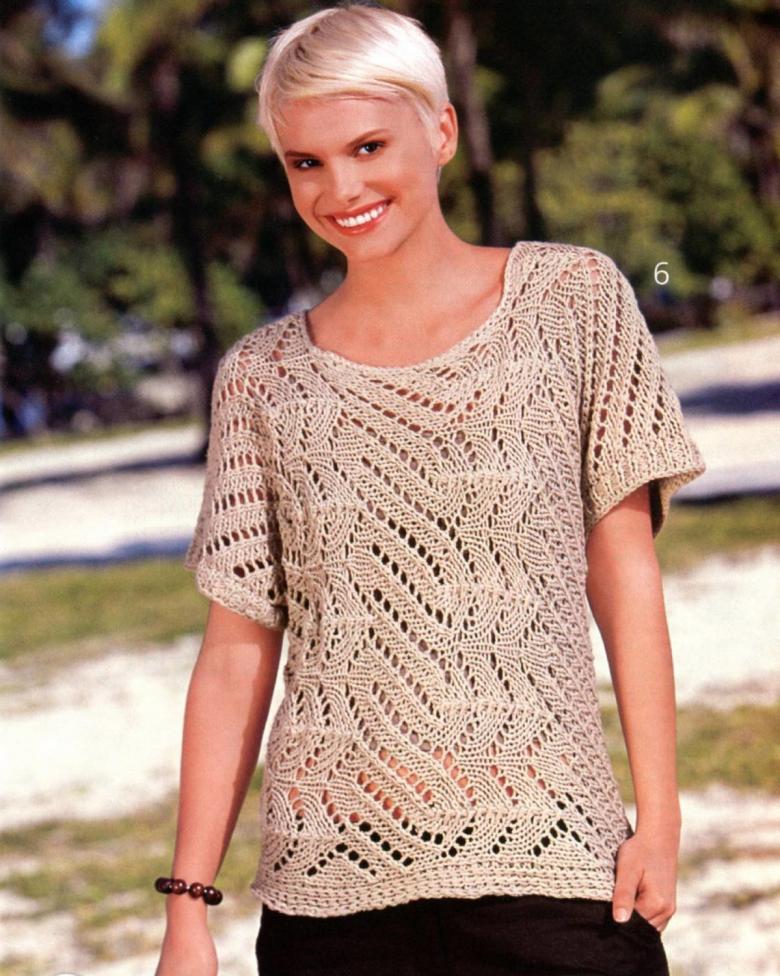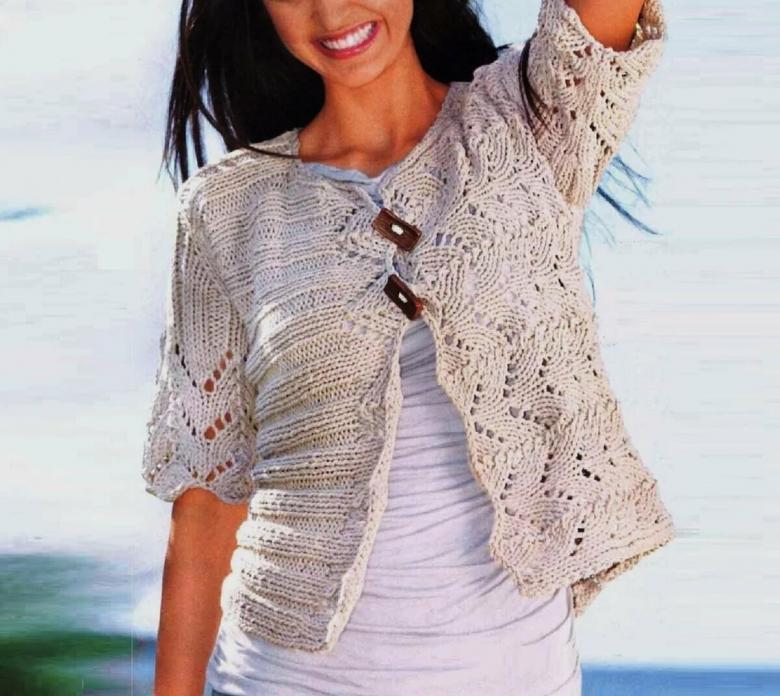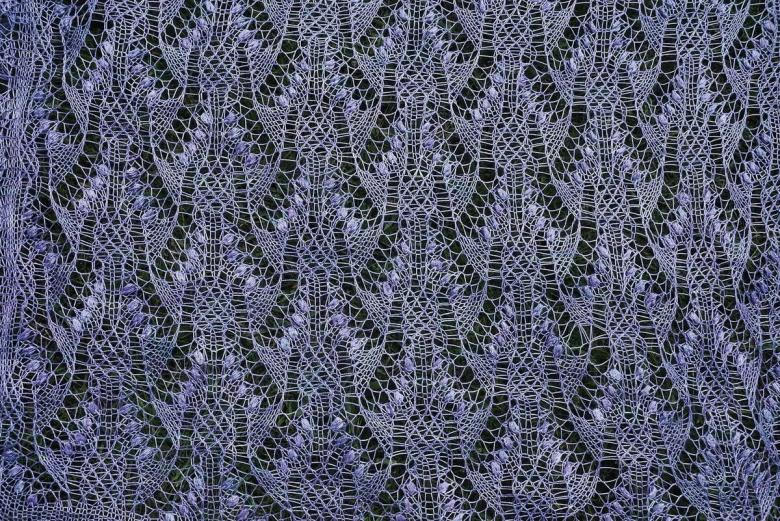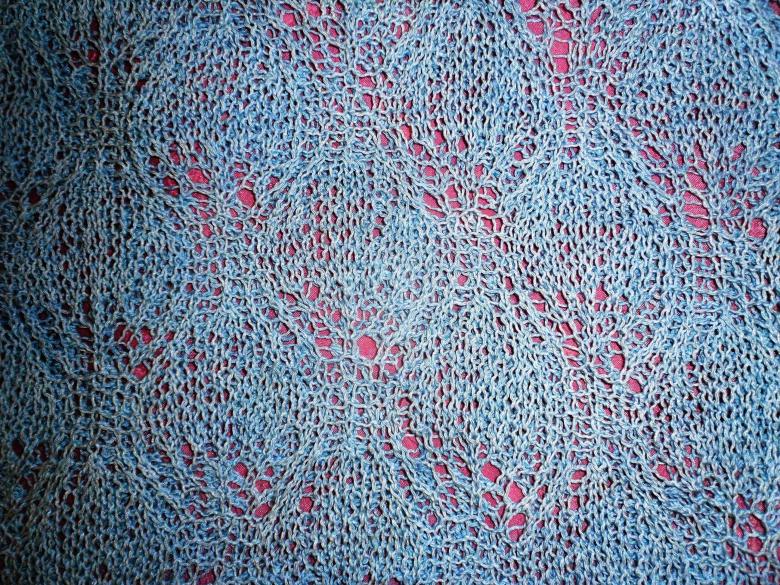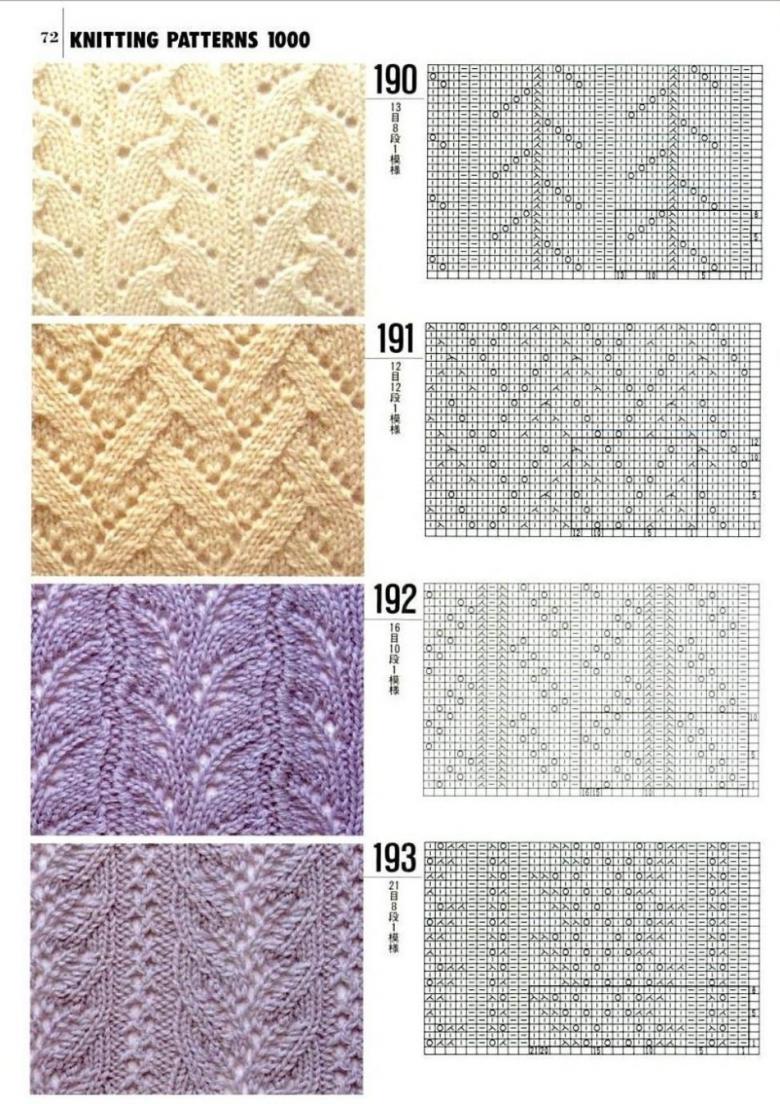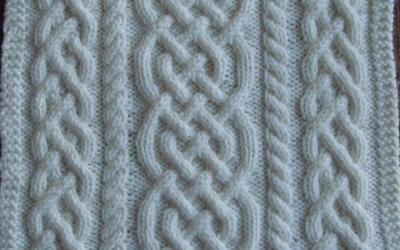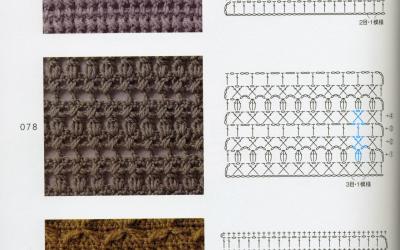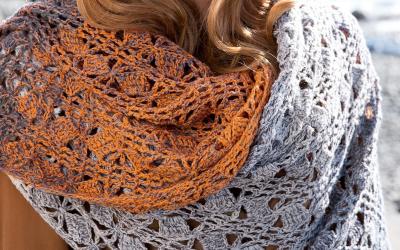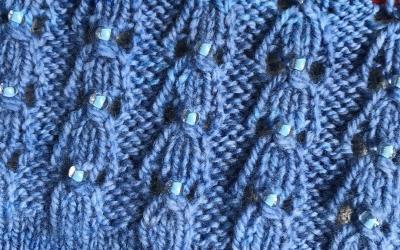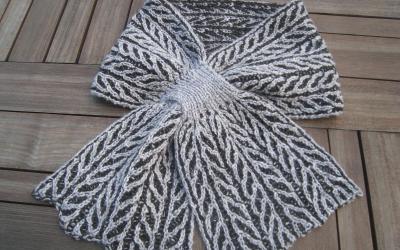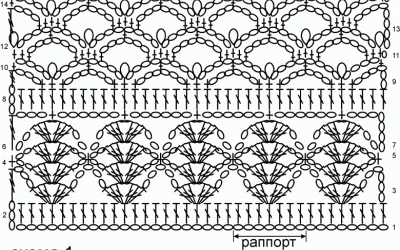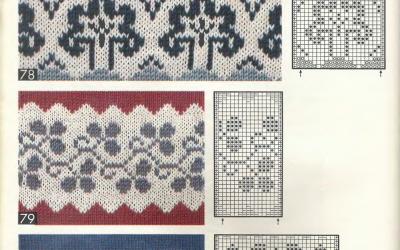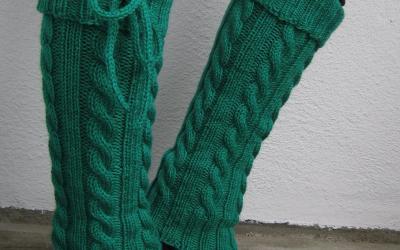Openwork Knitting by Schemes, Patterns and Descriptions of Openwork Things
Openwork patterns are not available to all lovers of knitting, because they are very complex. To understand the schemes of crochet openwork patterns, it is necessary to study for a long time. But the reward is worth it, thanks to this technique creates unique plaids, scarves, pullovers, sweaters, baby suits, pinafores and hats. The work is done thanks to the ability to perform hinges.
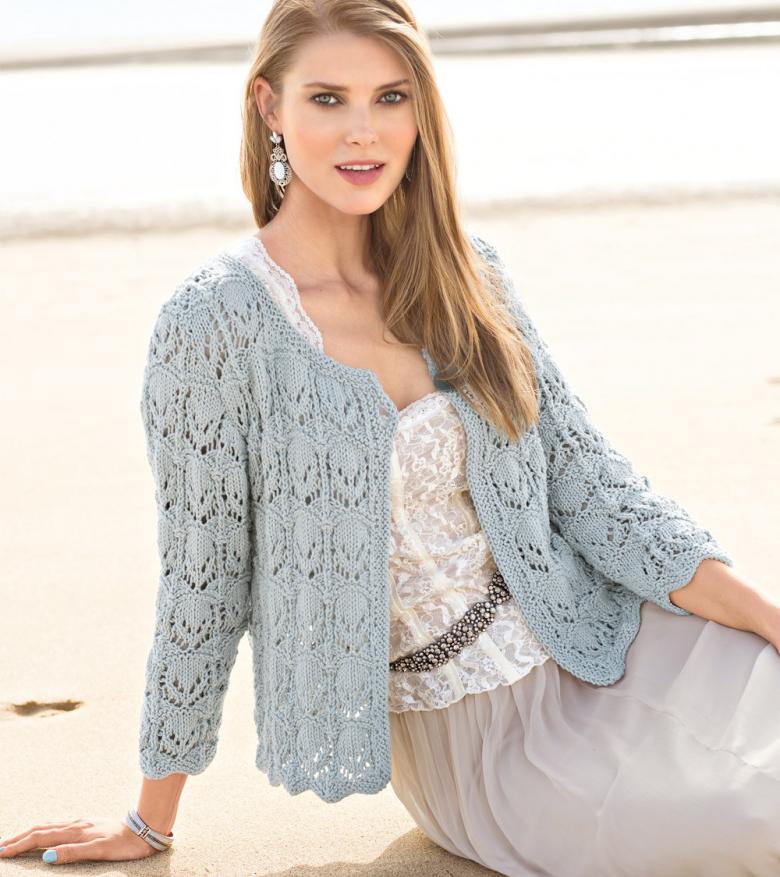
Any product of this direction becomes an object of admiration to the eyes of others. The thing is that such things look expensive, stylish, exquisite. But you should not jump out of the way and start with complex work, because you will have to learn the heavy rapports.

It is important to remember that even a simple openwork, if it was created according to the scheme looks chic and makes the thing original. Next, we will consider how to work with this knitting technique on specific examples. With a little practice, openwork knitting with needles will soon become commonplace.
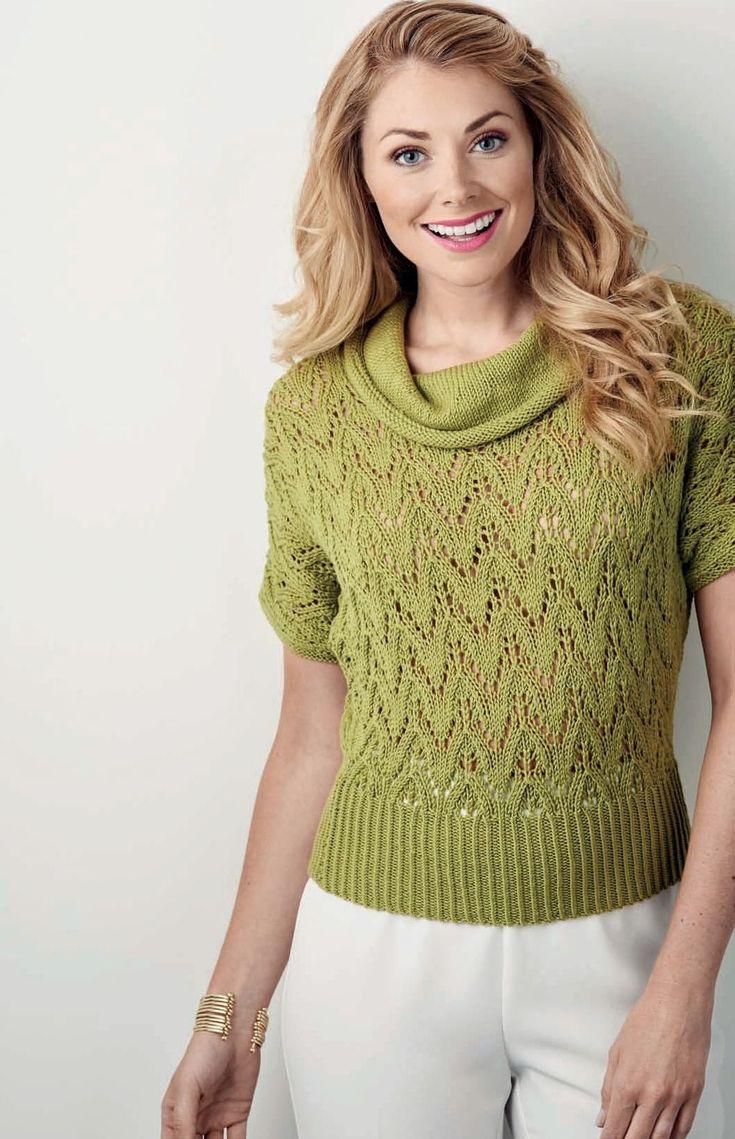
What kind of openwork patterns are there?
Consider this question from the point of view of a novice master with this direction. We will try to maximize the possibility to chew openwork patterns, but first let's understand the notation - it will help to understand the meaning of schemes or descriptions, because openwork knitting patterns are not as simple as it may seem to a beginner:
- Large letter P - the rapport is such an element of the pattern that allows you to form a canvas after repetition;
- lr - the front side of the row;
- lr is the wrong side of the row;
- P/n - designation of a stitch or several loops;
- R/rr - row and respectively rows;
- Ln - stitch on the right side;
- Yp - back stitch;
- Ps - symmetry stitch;
- Crp - edge version of a stitch or loops;
- Vmp - something to tie in union or together;
- Is - side of wrong side;
- Lg - front glazing;
- B/z - no closing;
- B/u - no crochet;
- Fig - corresponds to the pattern.
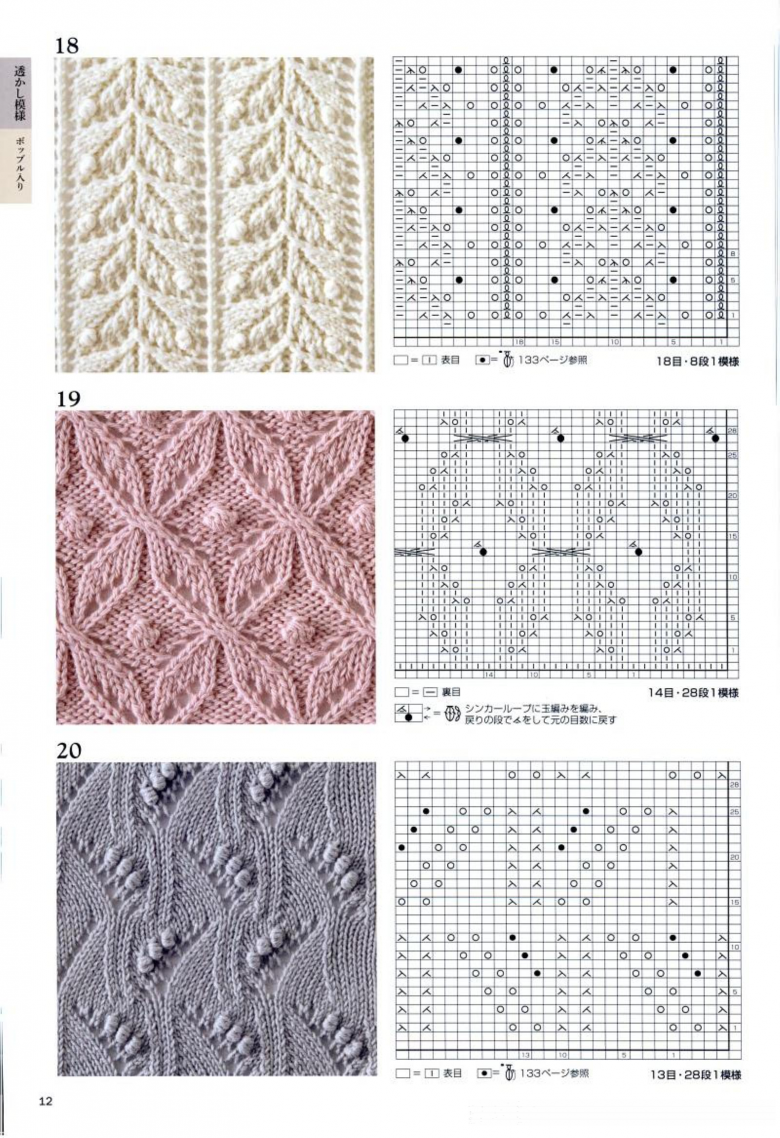
Wavy pattern.
Distinguished by its beauty, especially when made by clear sectional color on the basis of a homogeneous yarn and correspondingly thick. Allows you to knit perfect thin bedspreads, shawls or small stoles. In order to get a wavy edge, it is necessary to follow the knitting scheme. The length of the rapport is formed by 27p, 1 ps and 2krp. P holds 4p.
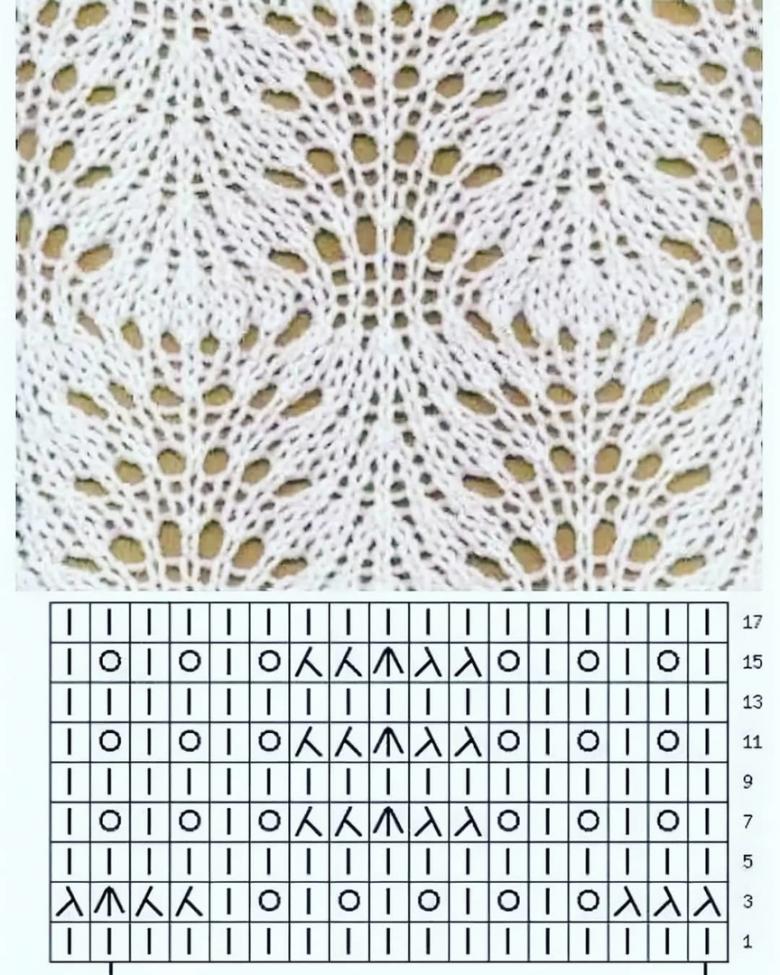
Horizontal waves
Is the original, original pattern. Performed by spit through a simplified scheme, allows you to make unique scarves and sneakers. Relying mainly on the lp. The shawl pattern is made with spokes and is done in lp or ir, easy to knit in ip.
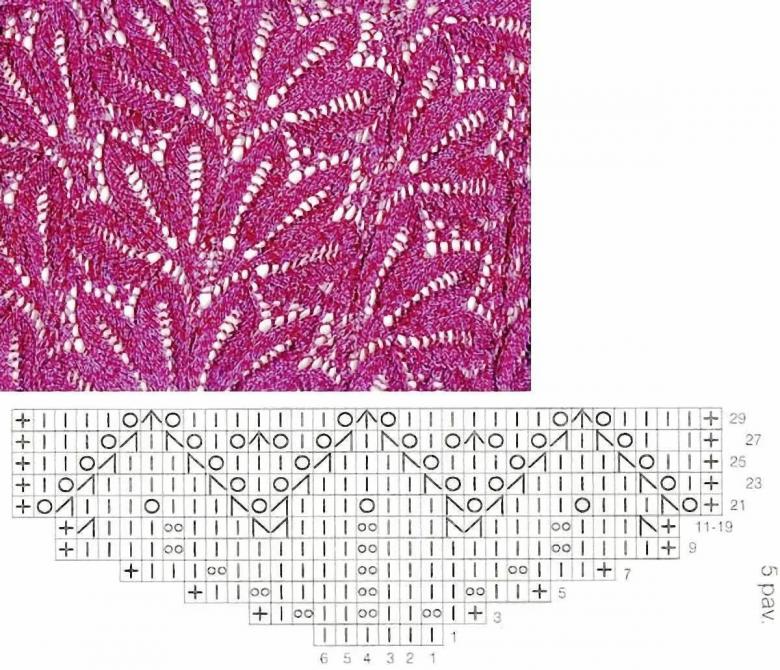
Other sts in ir are added according to plan. Knits are knitted after all yp's. Horizontal version of R - 24 sts. To do this, dial in 24pts, 1p, 2crp. P will be 22p.
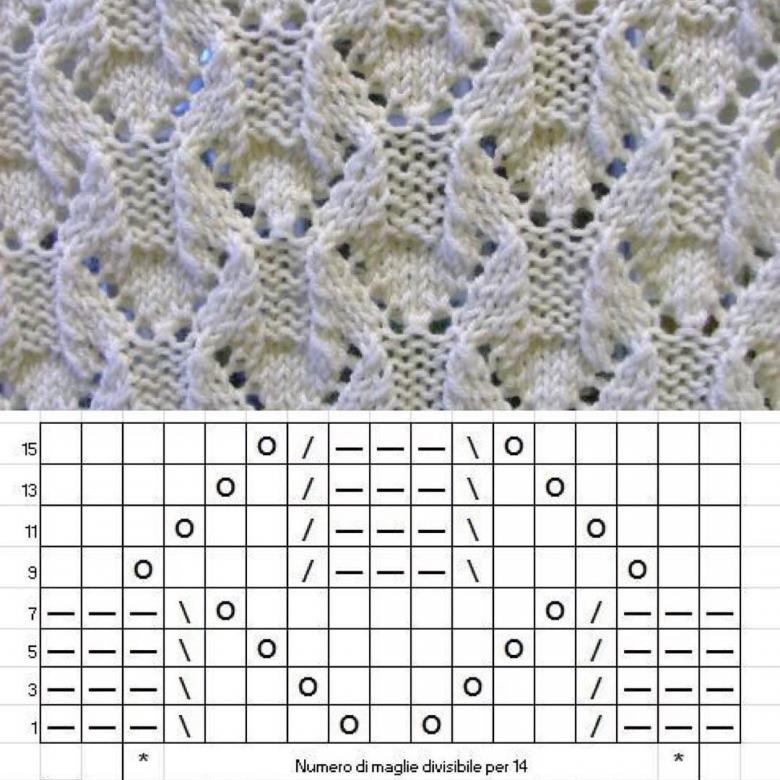
Openwork in the area of facial smoothing.
Combination pattern, which shows the best qualities in the process of knitting summer types of women's blouses with the use of cotton material. The pattern is easy to create if you work according to the instructions. Nabbed 12p, 5p to P, 5p then doing P, 2krp. It is important to perform 1lp, 2ip, 3-7 according to the scheme plan, 8ip, 9lp, 10lp.
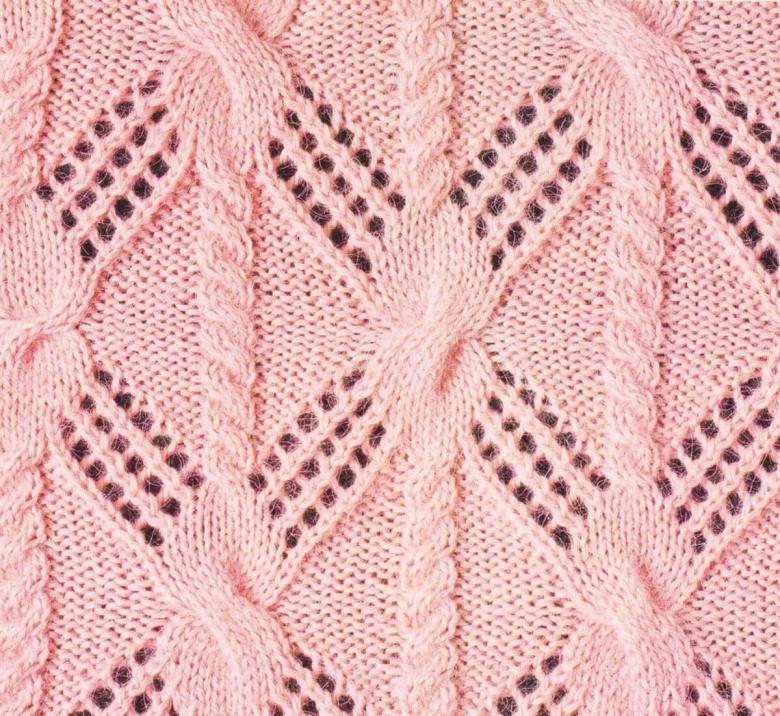
Create openwork socks
If you correctly perform the knitting of openwork socks with the description, then they are guaranteed to attract a lot of attention. The main thing is to follow exactly the provided description of the work.
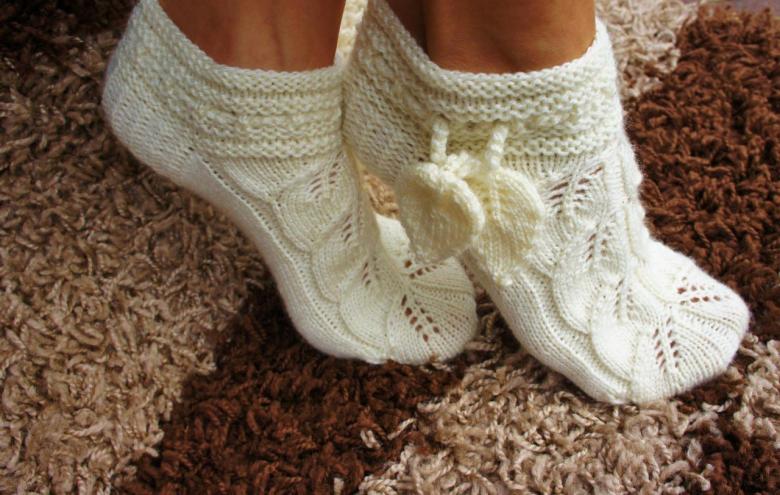
But first choose a unique pattern. The size is determined by special sock measures or by samples. This will help you figure out the amount of yarn needed and calculate the number of sts for all sections of the piece.
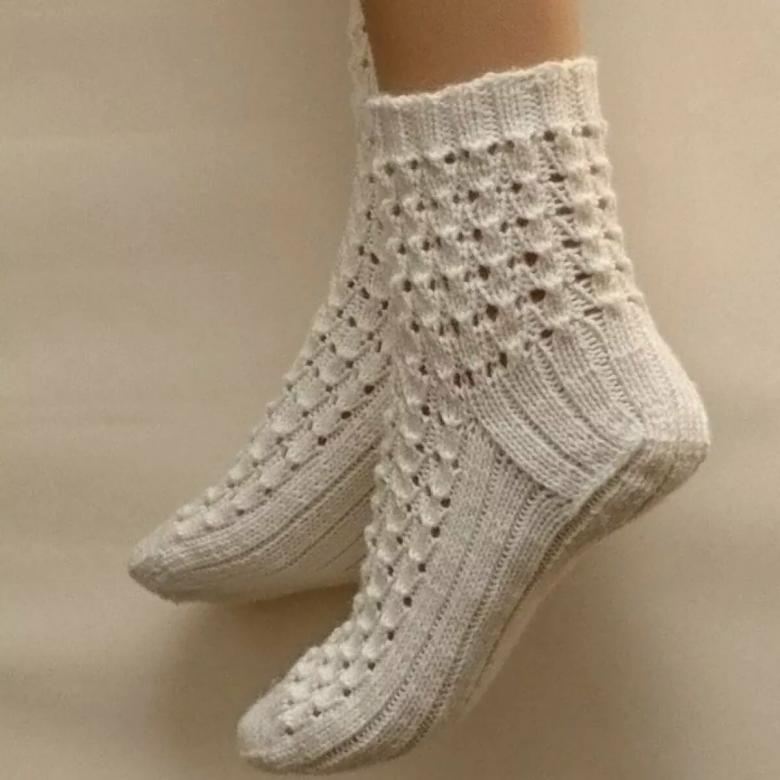
What knitting needles and thread are used to knit socks with a scrim?
Experienced craftsmen rely on stocking needles. But they pick up the tool according to the thickness of the thread used. To do this, the rules of knitting are studied. They are motivated by special explanations on the ball of yarn. Manufacturers warningly indicate the number of needles, the number of the hook, which is optimal for the material.
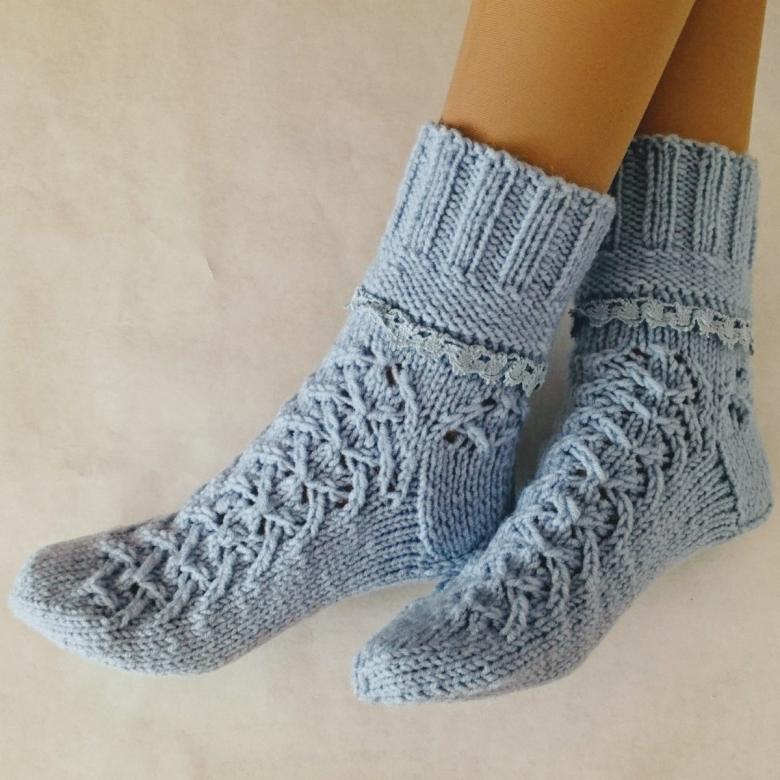
Optimal choice of yarn
Beginners ask the question, what is the best yarn for openwork knitting with needles? The main thing is to assume that the product must have sufficient softness and strength. Do not allow the use of a thin thread, because the product will quickly split or wear out. Therefore, manufacturers have specifically created a sock yarn.

Although the production of summer socks allowed from ordinary toffee. This yarn blends neatly with most patterns. But warm socks are created with increased wool content from the sock line.
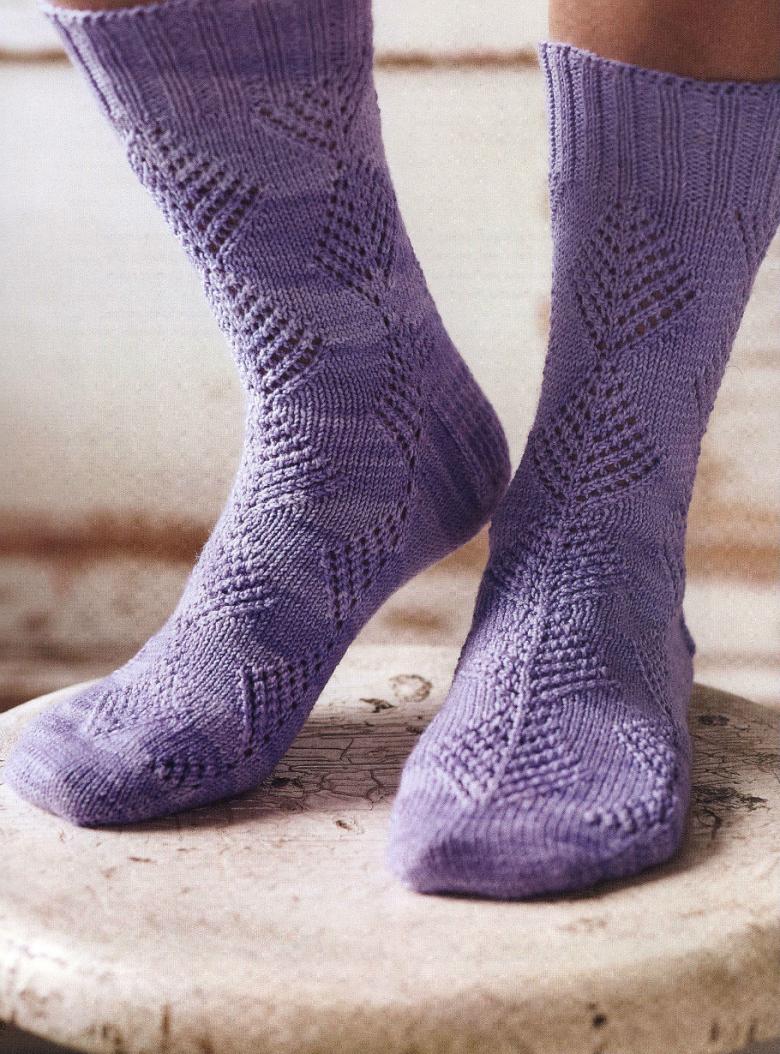
Making an openwork sock with stocking needles
To make such a sock, you will need free time, patience, a set of materials and equipment:
- Pechorskaya yarn "Children's cotton" of 330 m/100 grams for one skein is used, but for a pair of socks will require much less;
- 1 meter of satin ribbon to match the tone of the yarn with a width of 0.5 cm;
- A set of hosiery needles consisting of 5 tools with the number 2.25;
- Hook number 1.75 - 2.
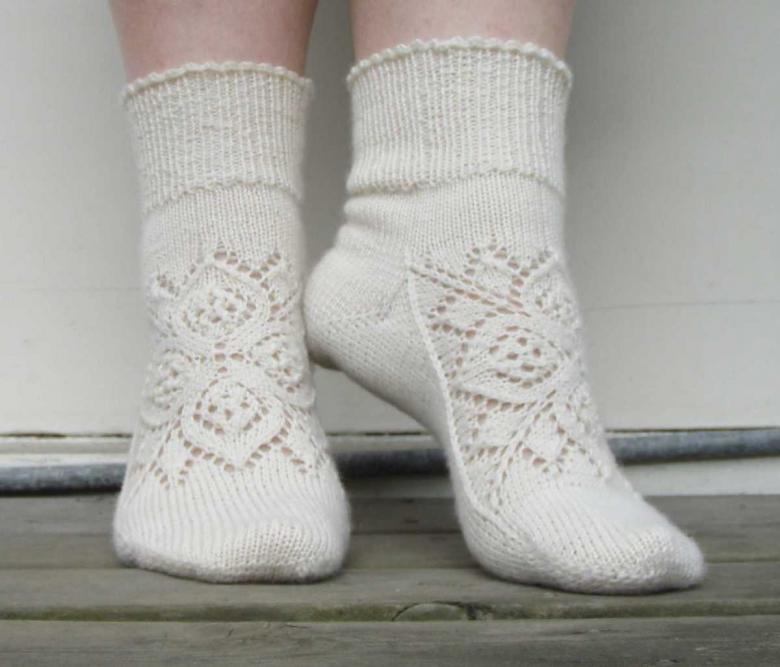
Stages of work:
- Nabbed 56p with the calculation of 14 pieces for each needle;
- Performed circular knitting 1*1 until the formation of the required number of p. Usually for covering a child's leg enough 5r, but the scheme allows you to do more p;
- Now Lg is used to form the heel wall, taking into account the width of 28p. A full set of p on 2 spokes is exploited. The height is respectively 20 p. The last st of the lr is knitted;
- Now knit only the center 10 sts, in each p close the final st of the heel on the first st on the basis of the heel side wall. It turns out that the heel is divided into 3 parts with spokes either 9p, 10p, 9p;
- To close the heel, tied 9p on the product wall, 9p on the base, 10p on the central part. Directly closing is carried out 1p of the last wall. The work is turned at the moment when you need to add 8p;
- The heel is gradually closed. On the needle should remain 10pts in the center;
- Tie 1 liter, b / z;
- On the side, 11 sts are added;
- It's time to go back to the 28p on the top of the product;
- On the second side edge, 11 sts;
- Five sts are added to the middle part of the heel, which is necessary to equalize the number of sts on the spokes. This sets the starting point for the beginning of the rounds;
- The first p is tied in lp, but 11p on the side are created with a crossed view of lp;
- The socks take on a nice shape. But it is necessary to close p on each 2 p to equalize the number of p on the spokes. Thus completes 1 spokes and starts 4 spokes;
- 1 p tied on 14 lp, 15 and 16 p with a right bend. Complete the p on 2-3 spokes;
- On the 4th needle 1 and 2 sts join with a left bend. The other 14p are tied. 2p all lp are created b / o;
- 3p tied 1 lp, 14-15 lp bend to the right. Complete the work with 2-3 spokes;
- On the 4th spokes 1,2p in the union, bend to the left. 13 remaining sts are added. 4 p, all lp, b/c;
- Achieved equality of sts on all spokes. Achieved the initial level of n at the time of the set;
- Farther circular p, on 2-3 spoke or upper level sock applied openwork pattern scheme. It is based on the rasport of 14 p with repetition on all spokes;
- On the side of the edge of the heel is dialed 11p;
- In a circle is tied chl another 28 previously deferred st of the upper level of the sock;
- On the second side edge, 11 sts;
- Knit 5 sts to the heel of the middle part, which will equalize the number of sts on the spokes. This is where the counting of rounds begins;
- Knit 1p in lp, 11 sts of side edge are crossed in the right side strips;
- The toe is actually ready. The remaining sts are turned to the wrong side and stitched by stitching.
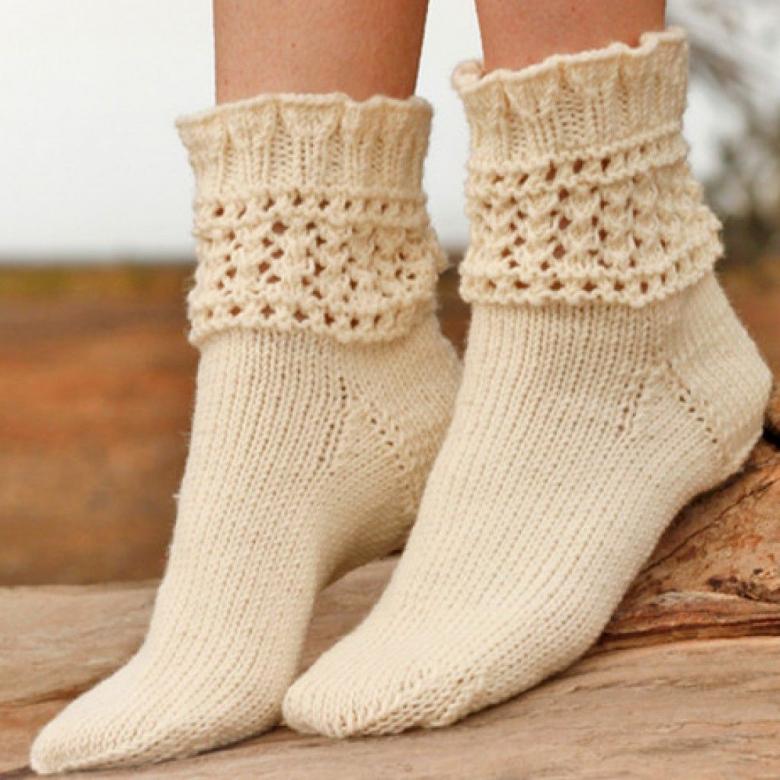
Arches are added and the sock is decorated. If the knitting of openwork patterns with the scheme with the description is done correctly, then it remains to add a satin ribbon with a bow and the sock is completely ready.
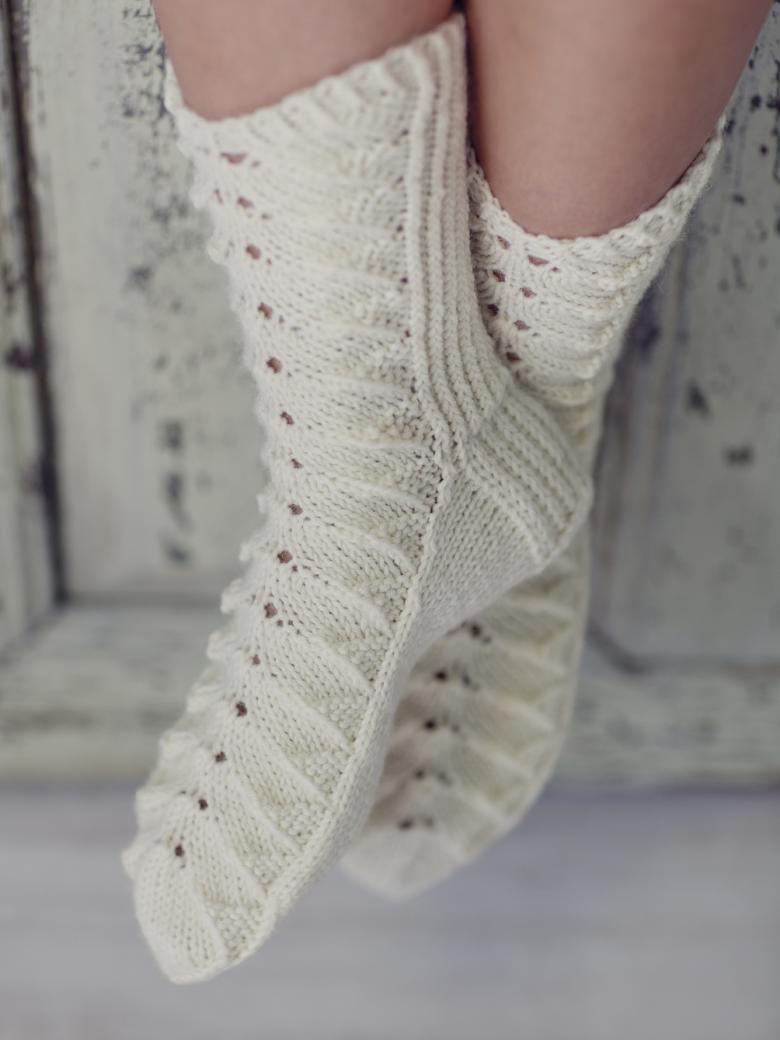
Do not get upset if something did not work right away. You can add any additional pattern that you previously managed to fully master. The skill will come with time, the main thing is to practice more in your free time.

